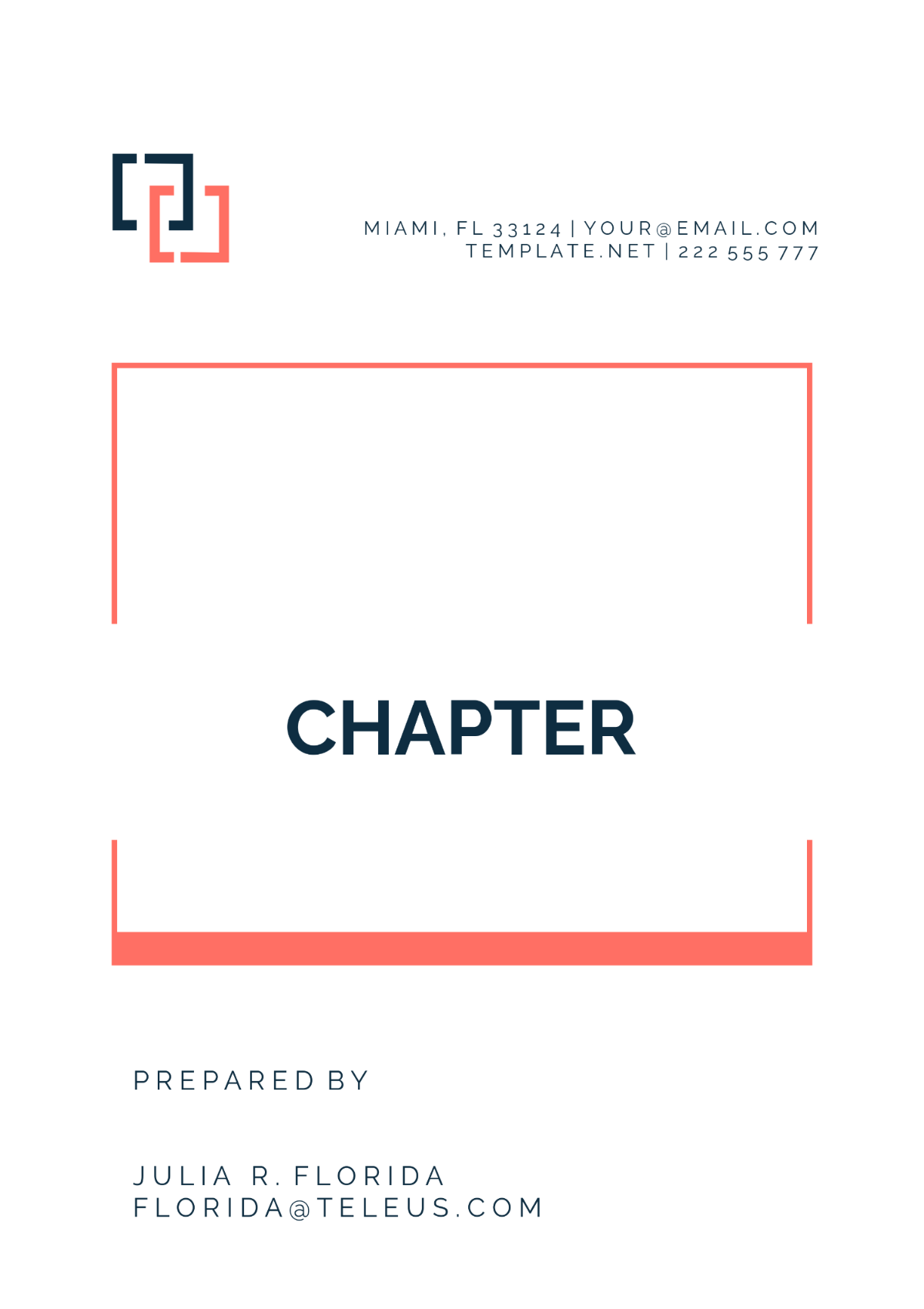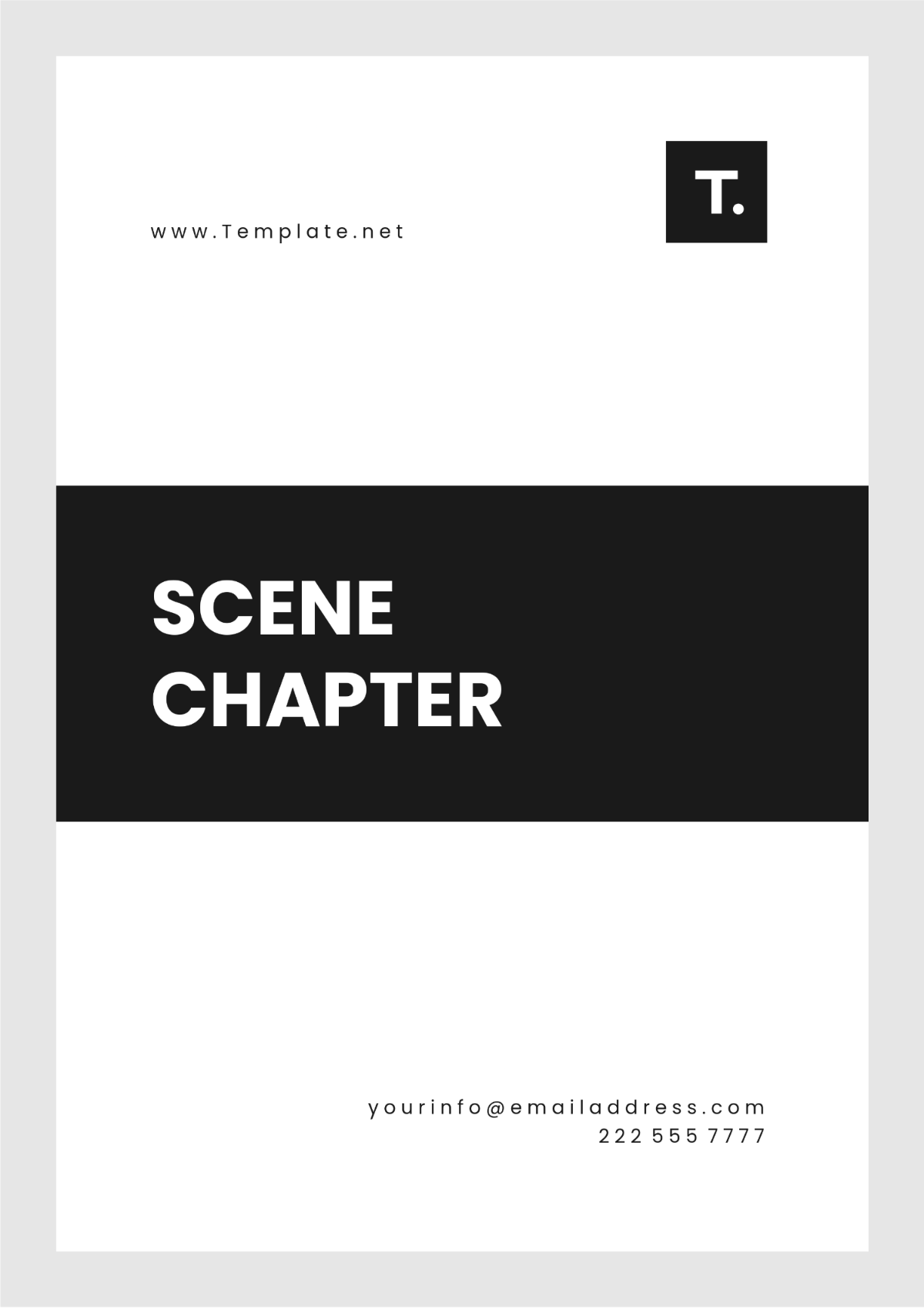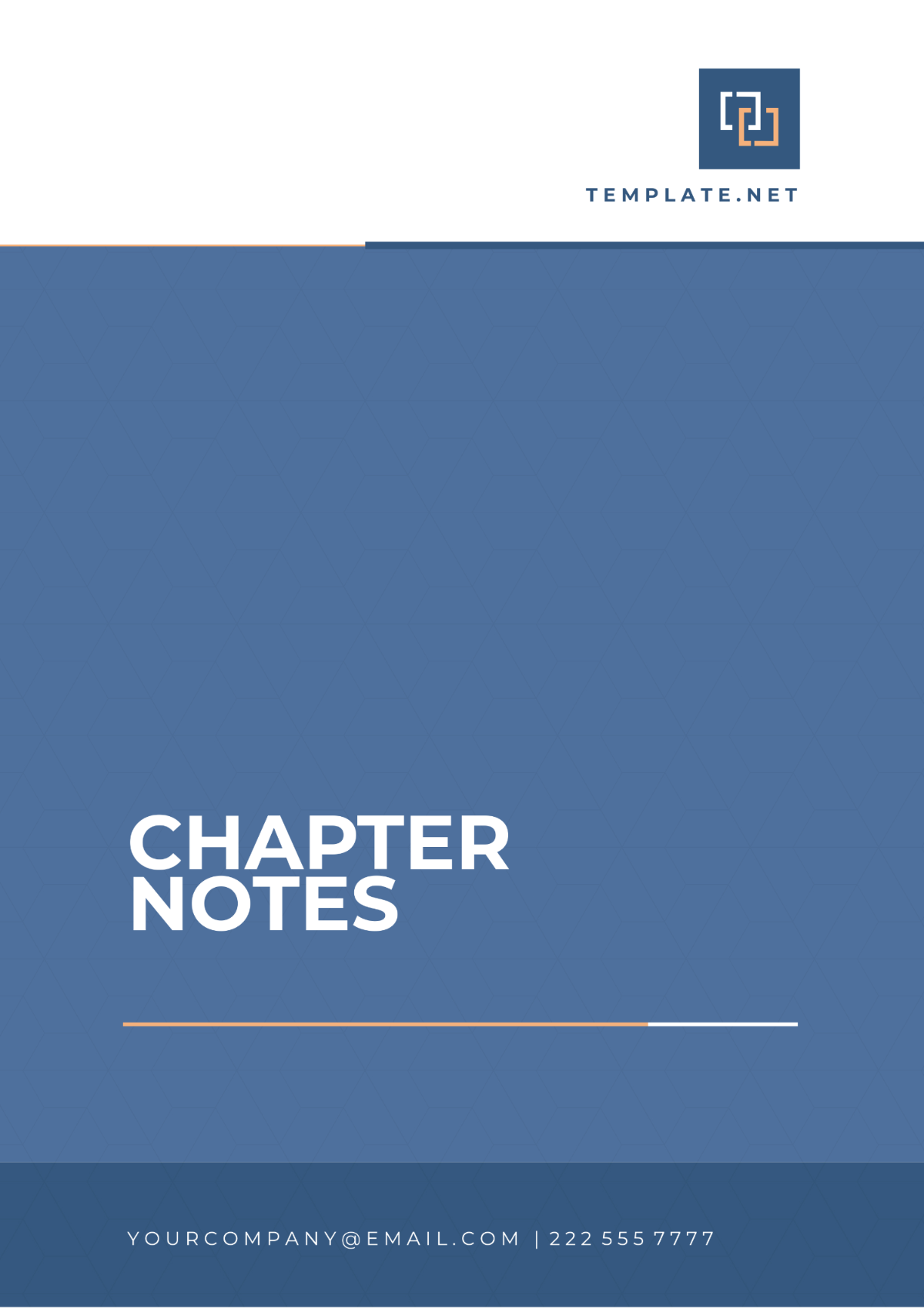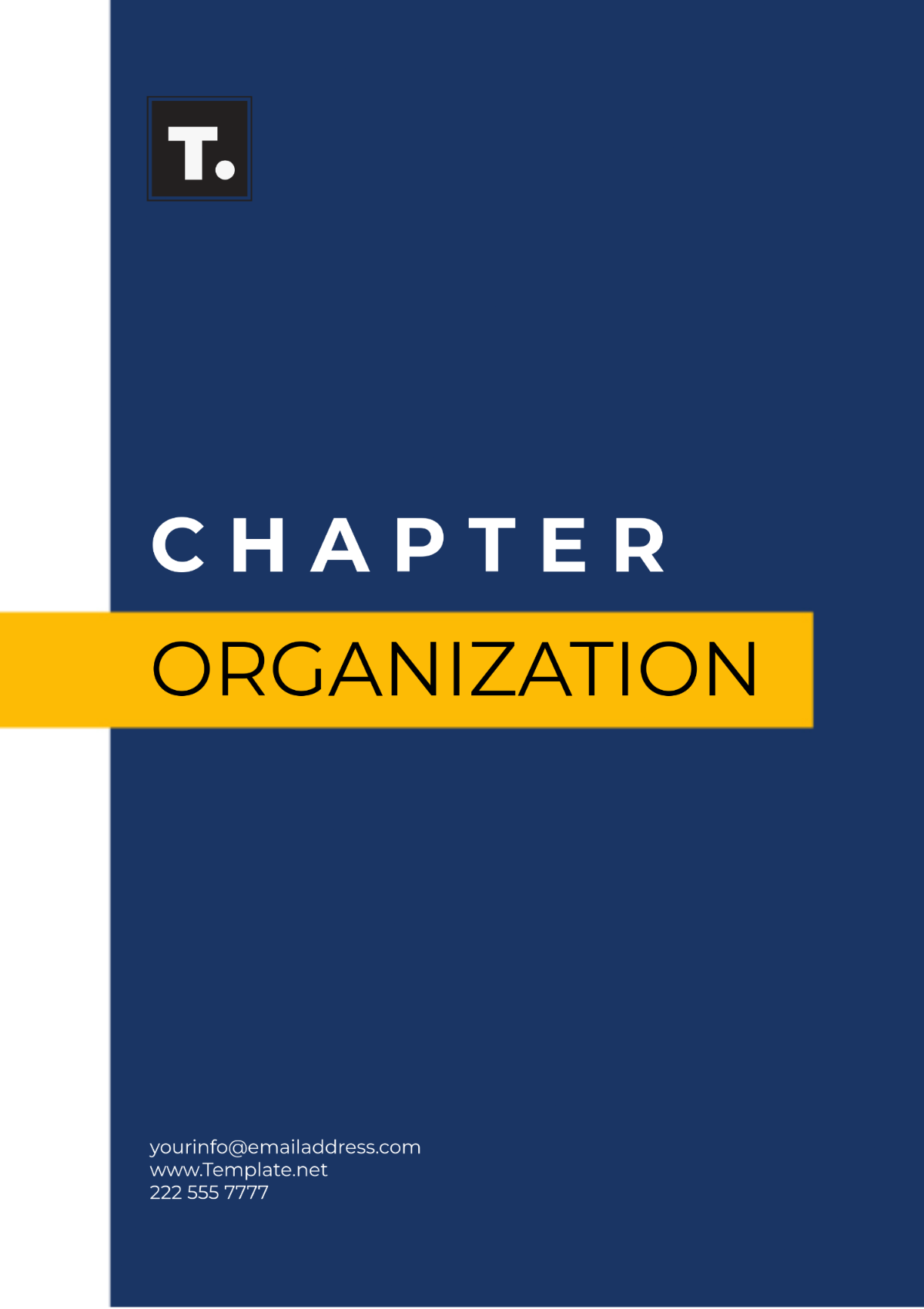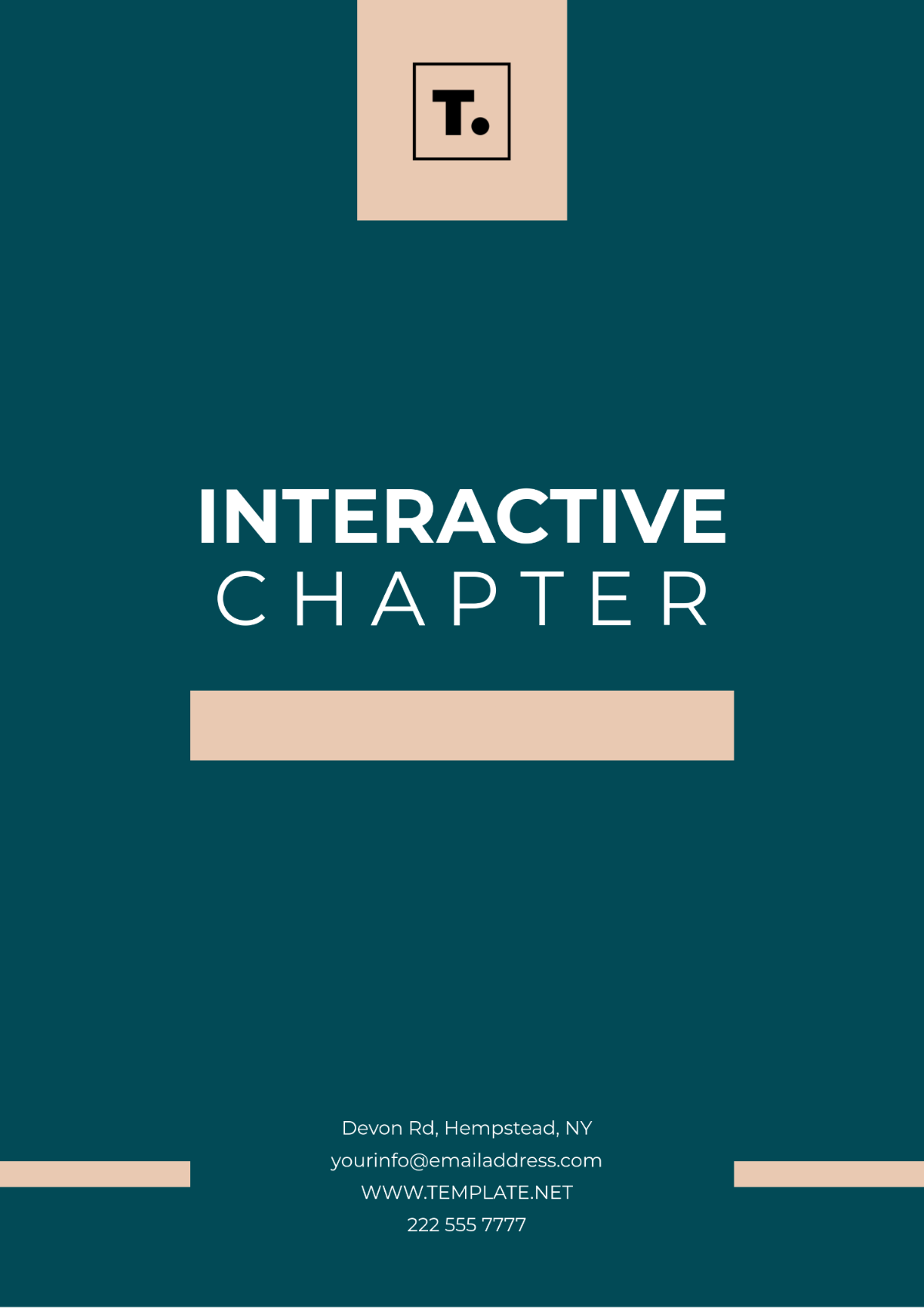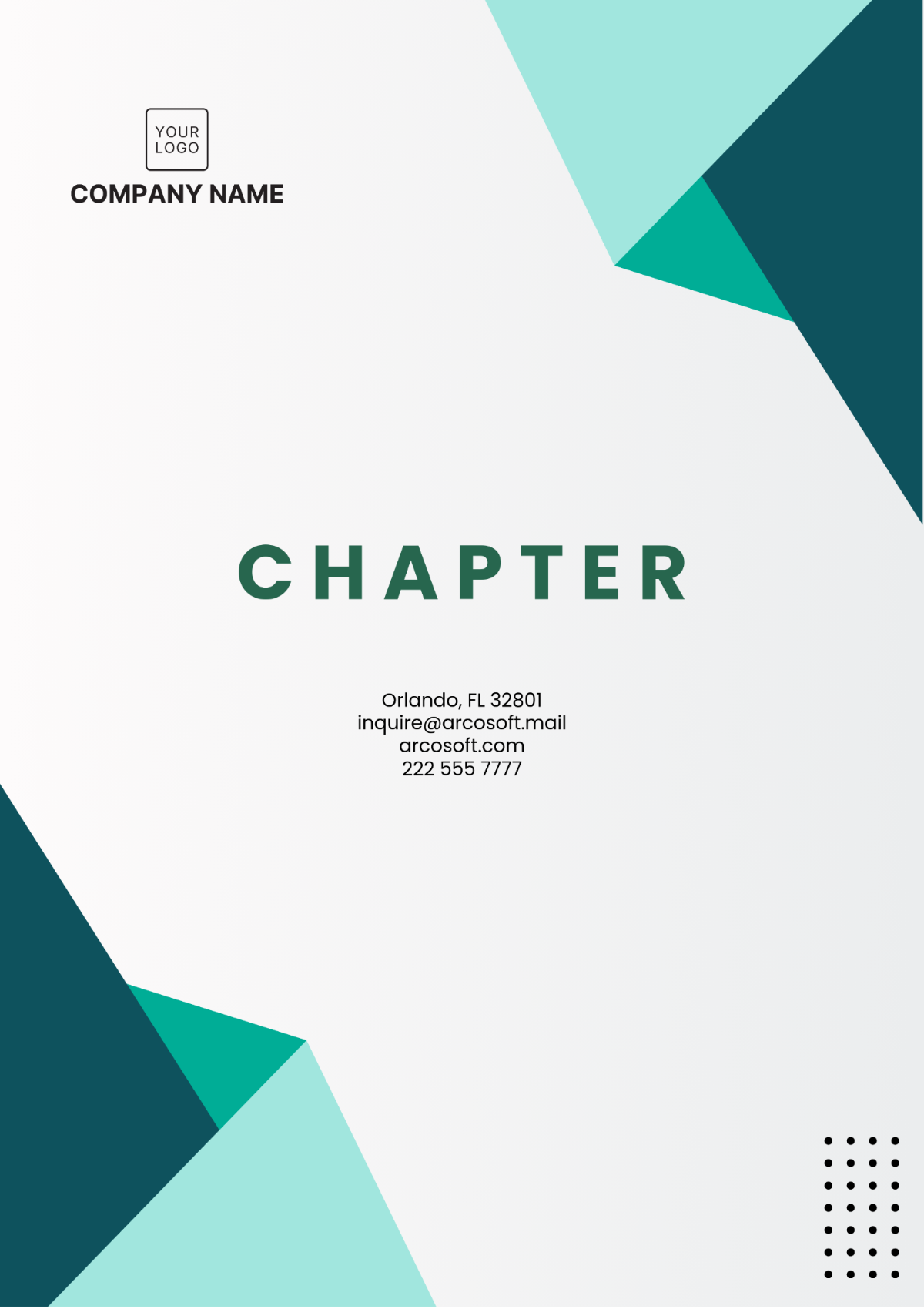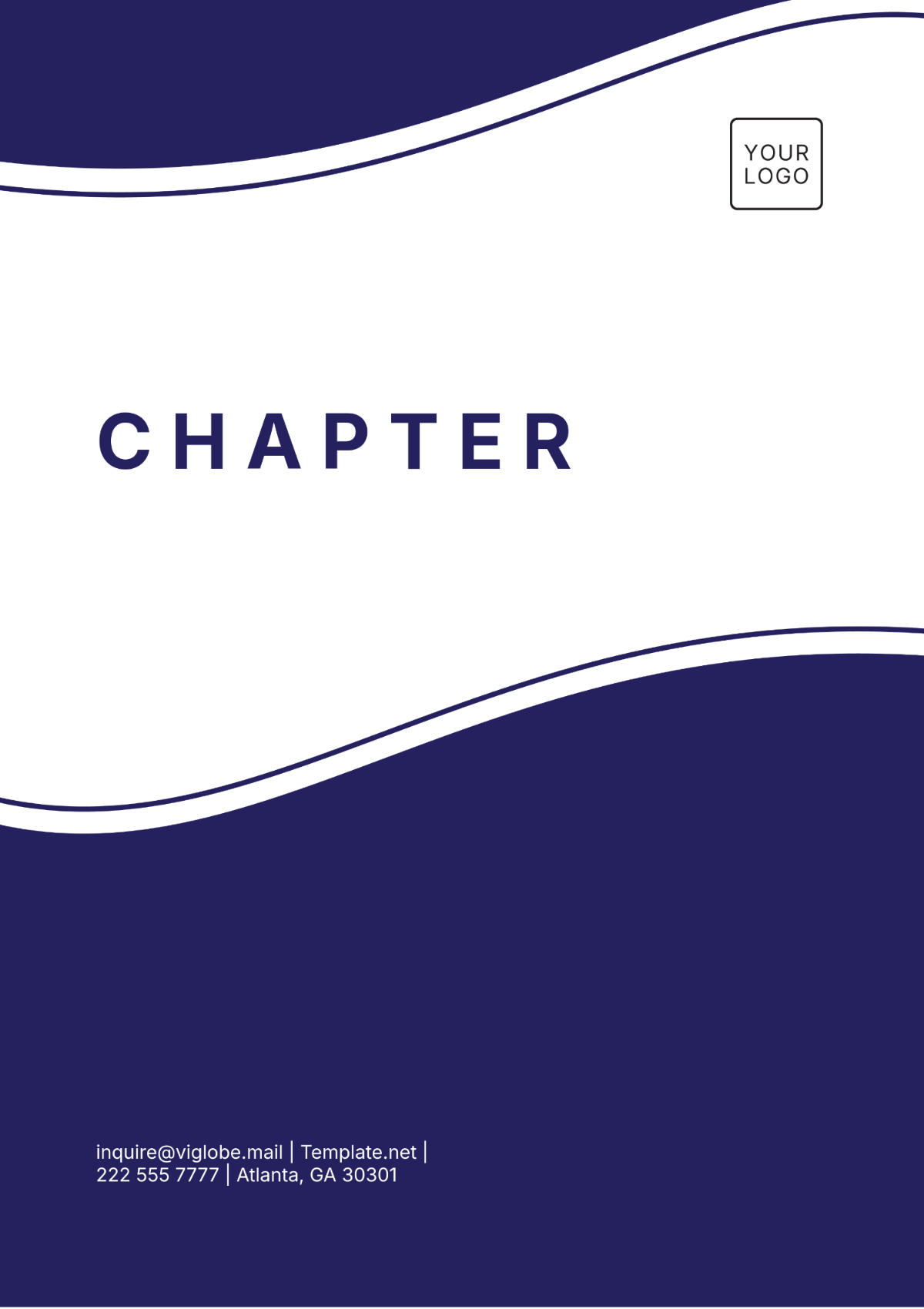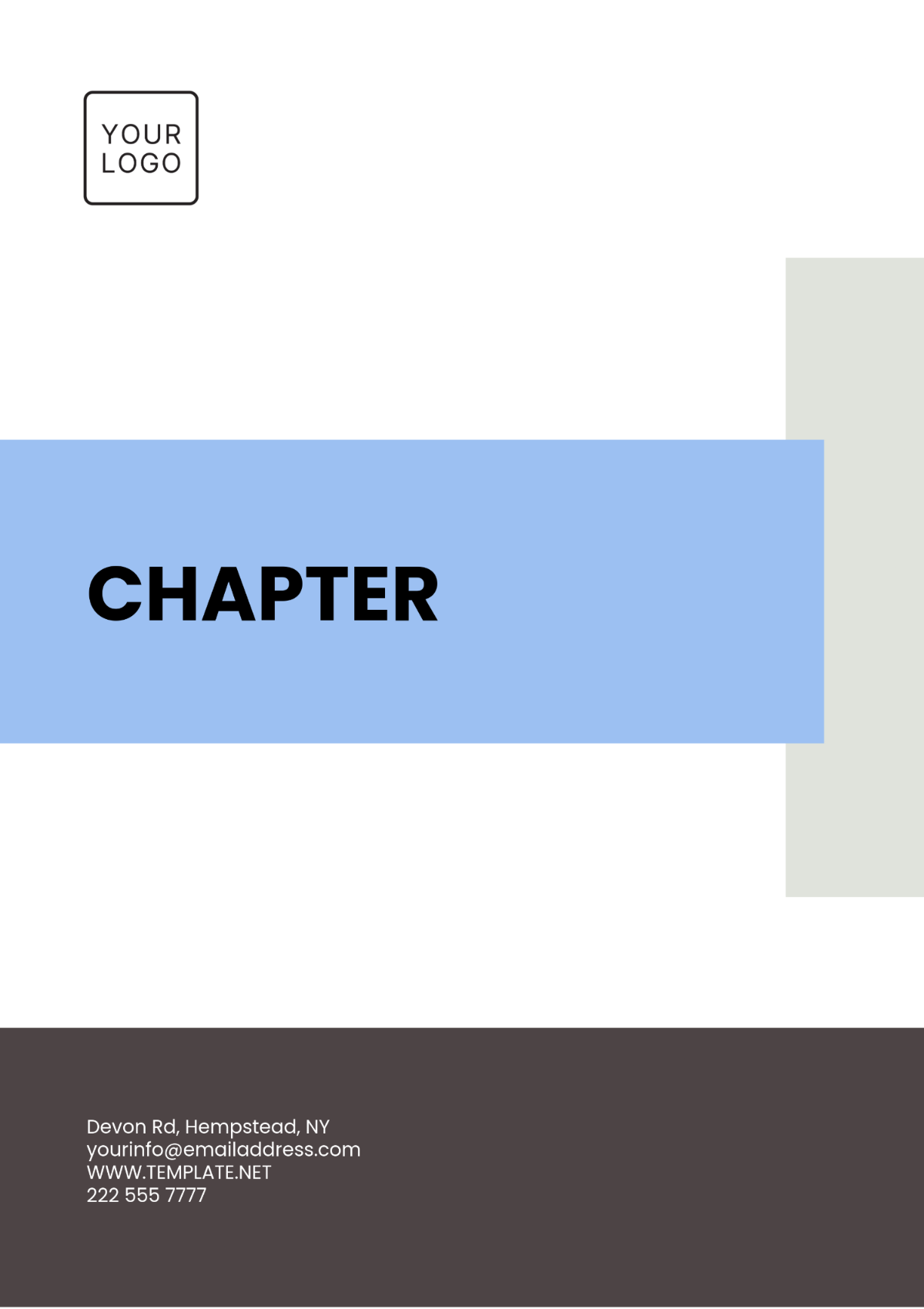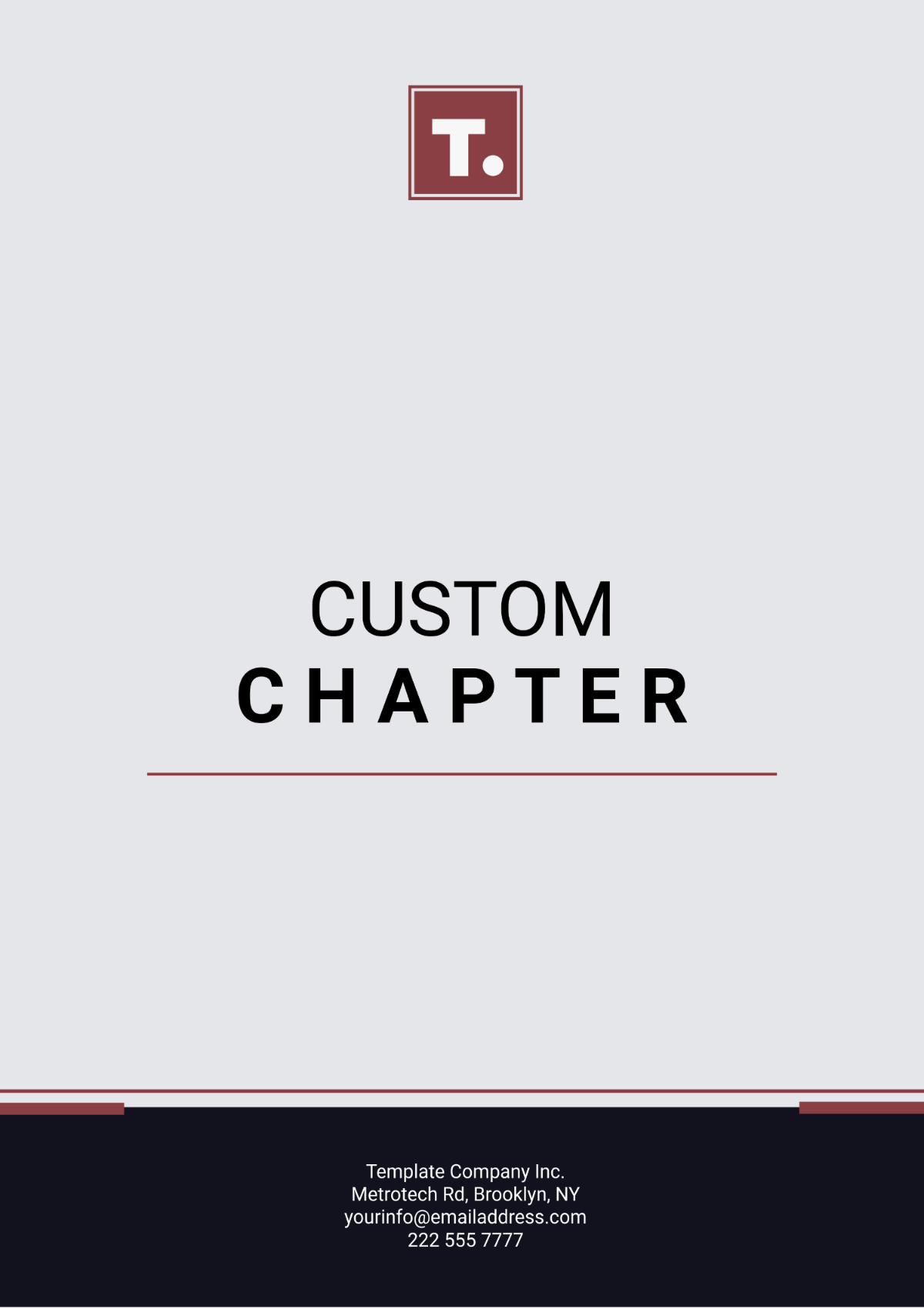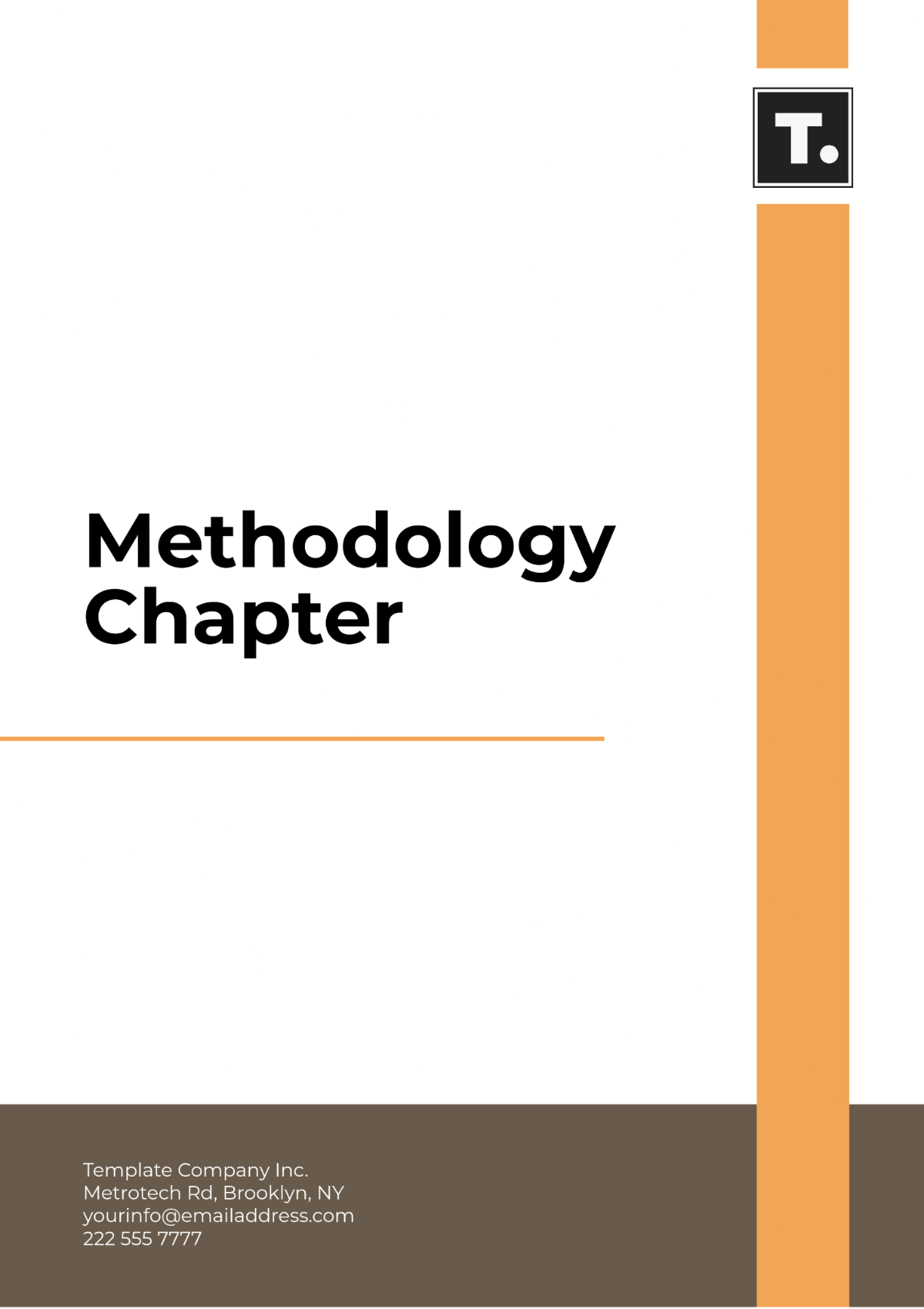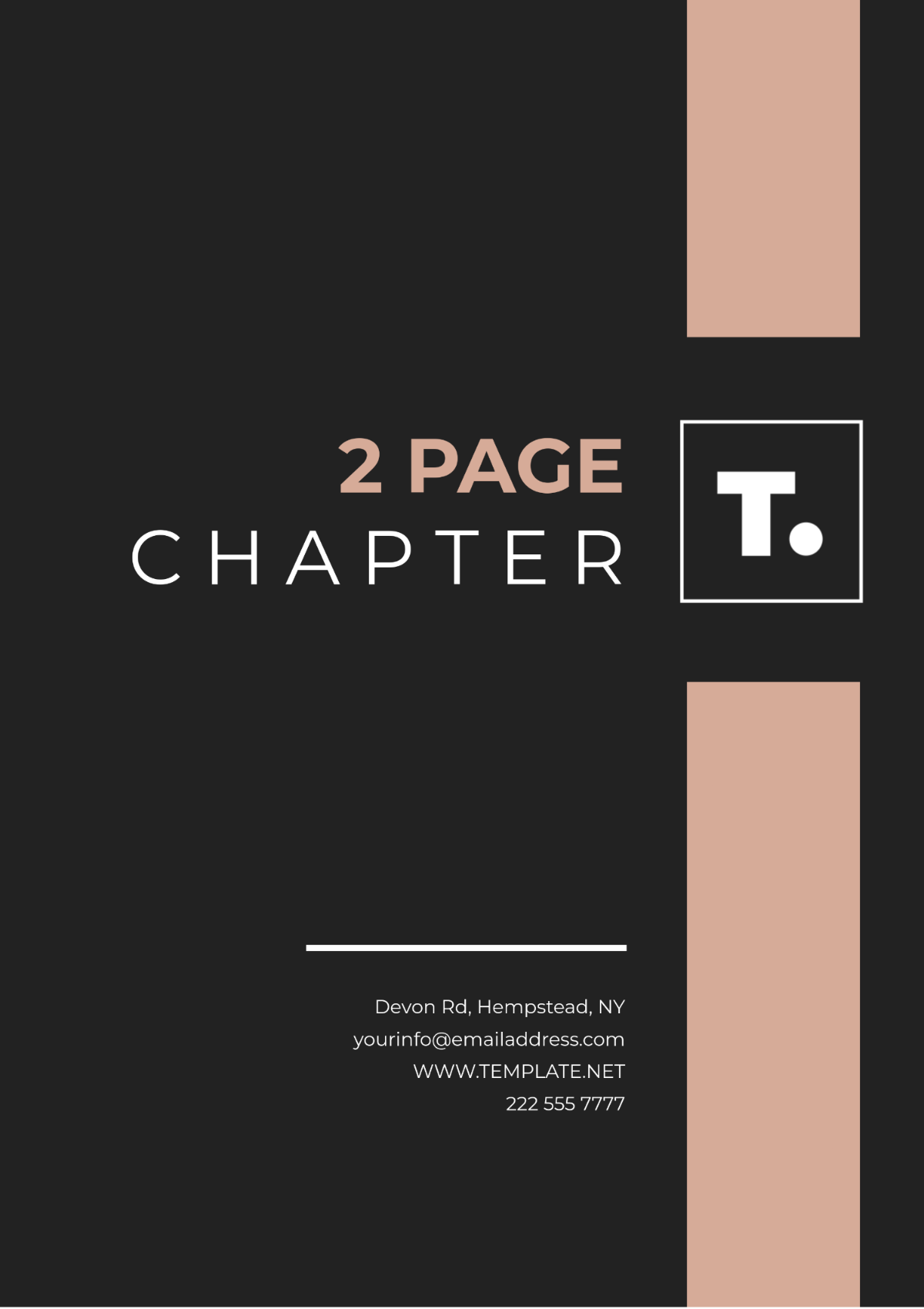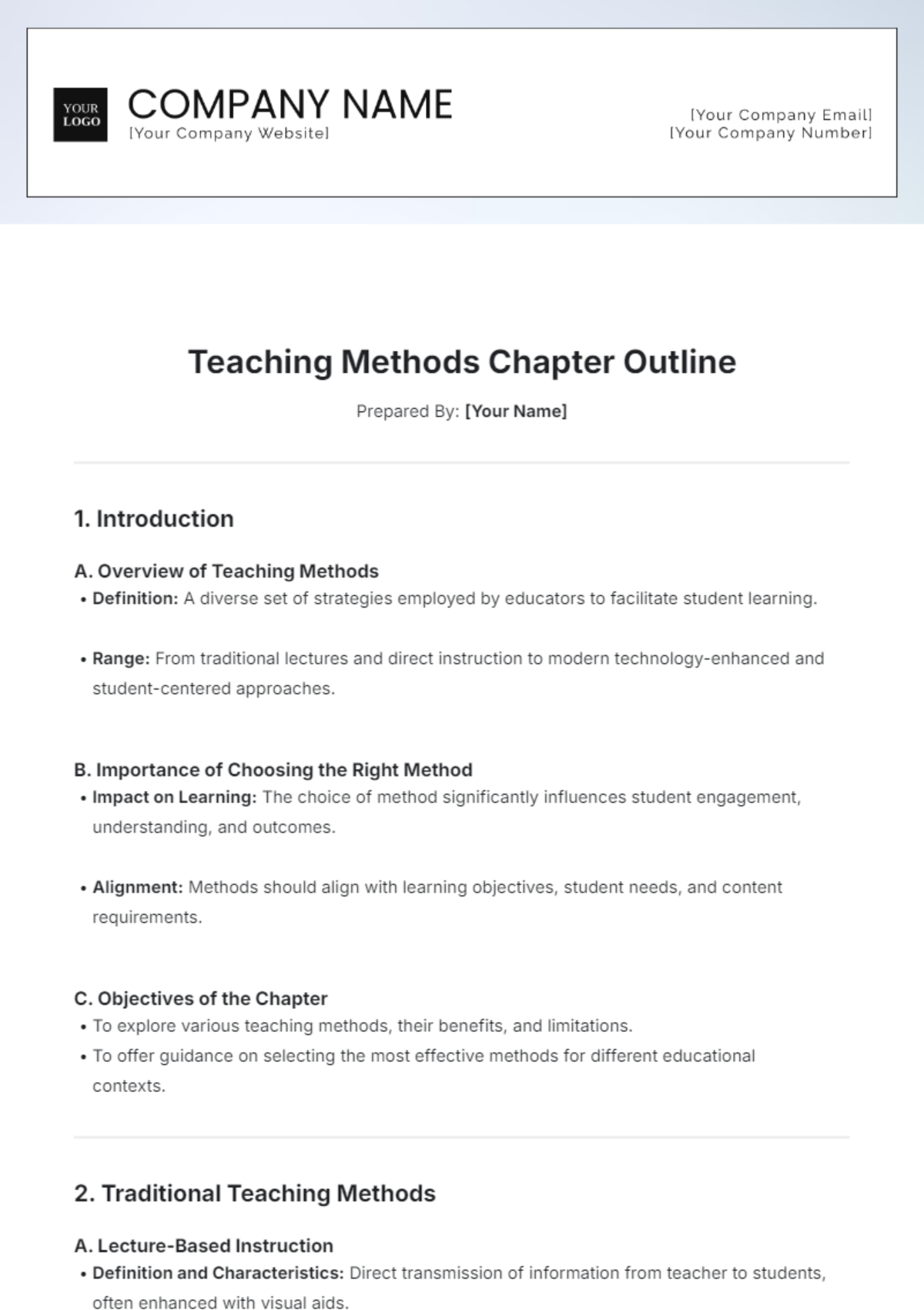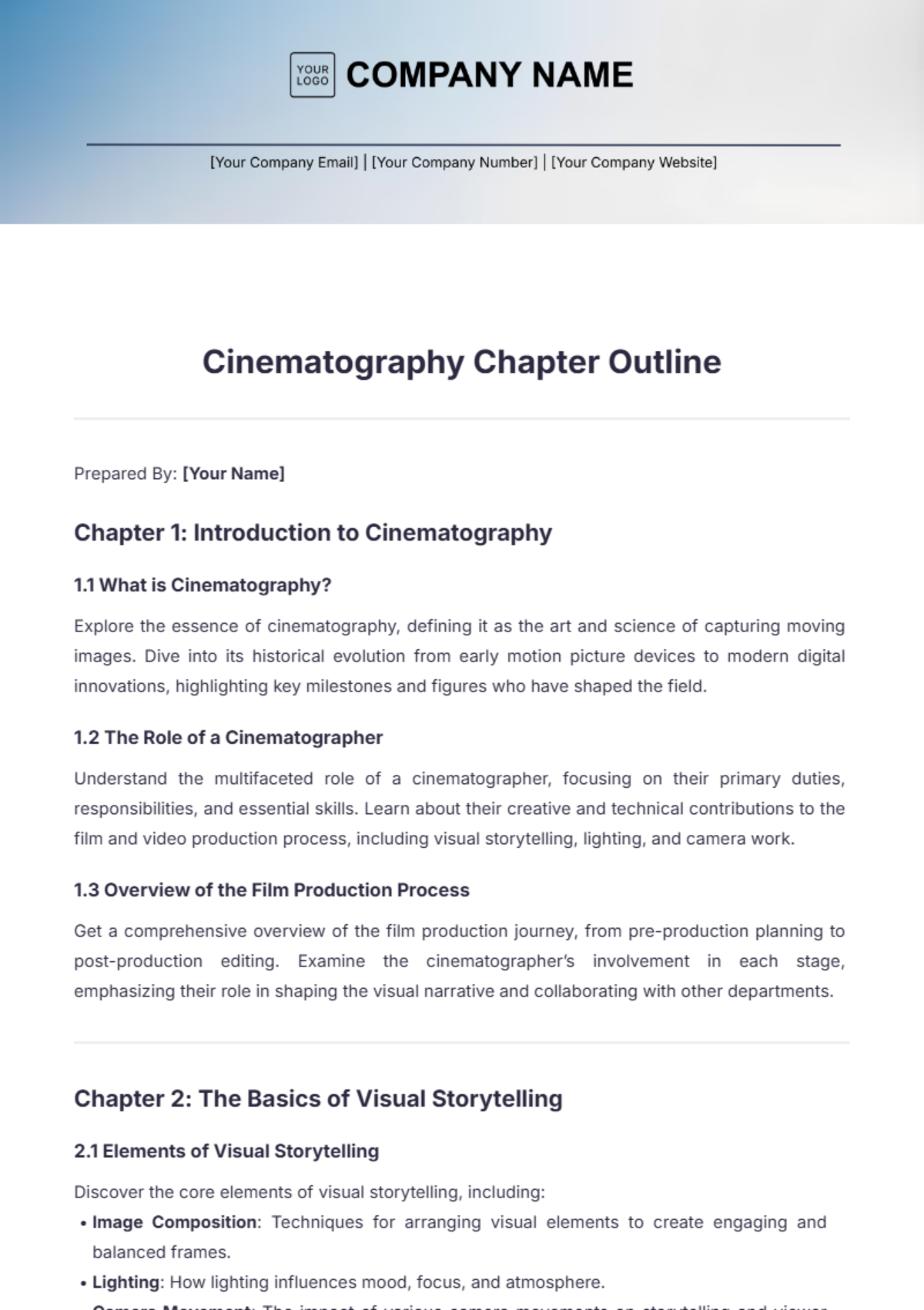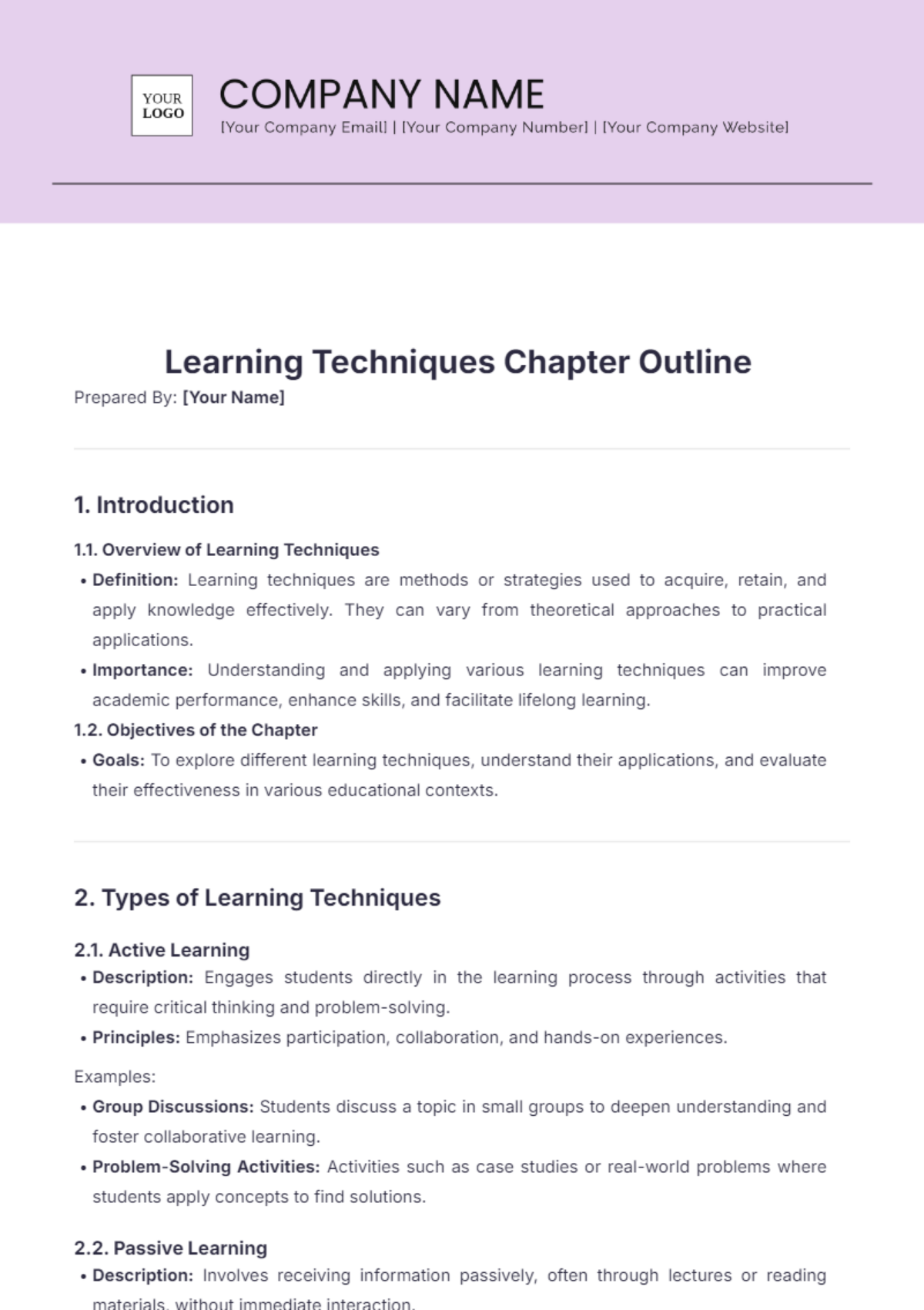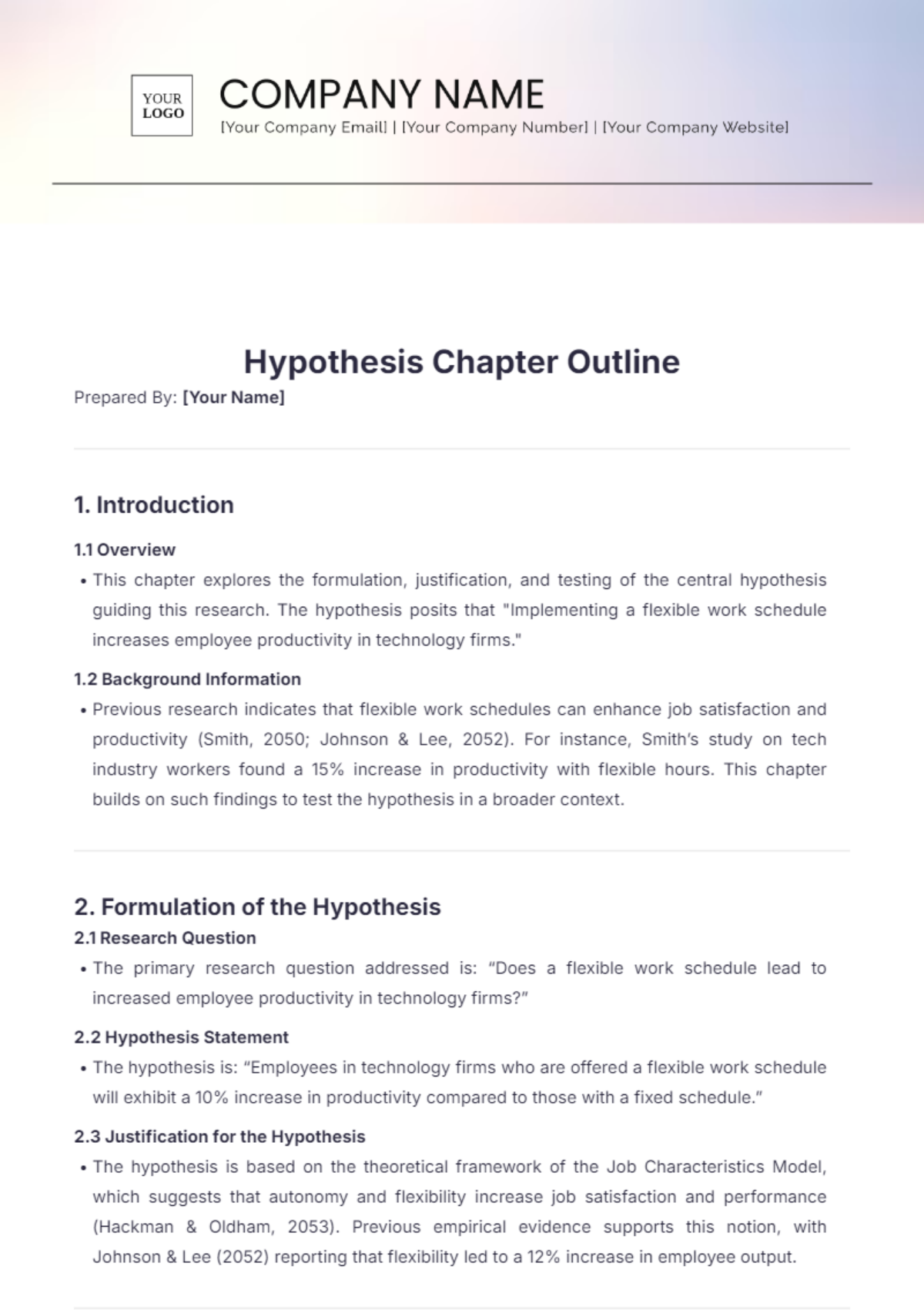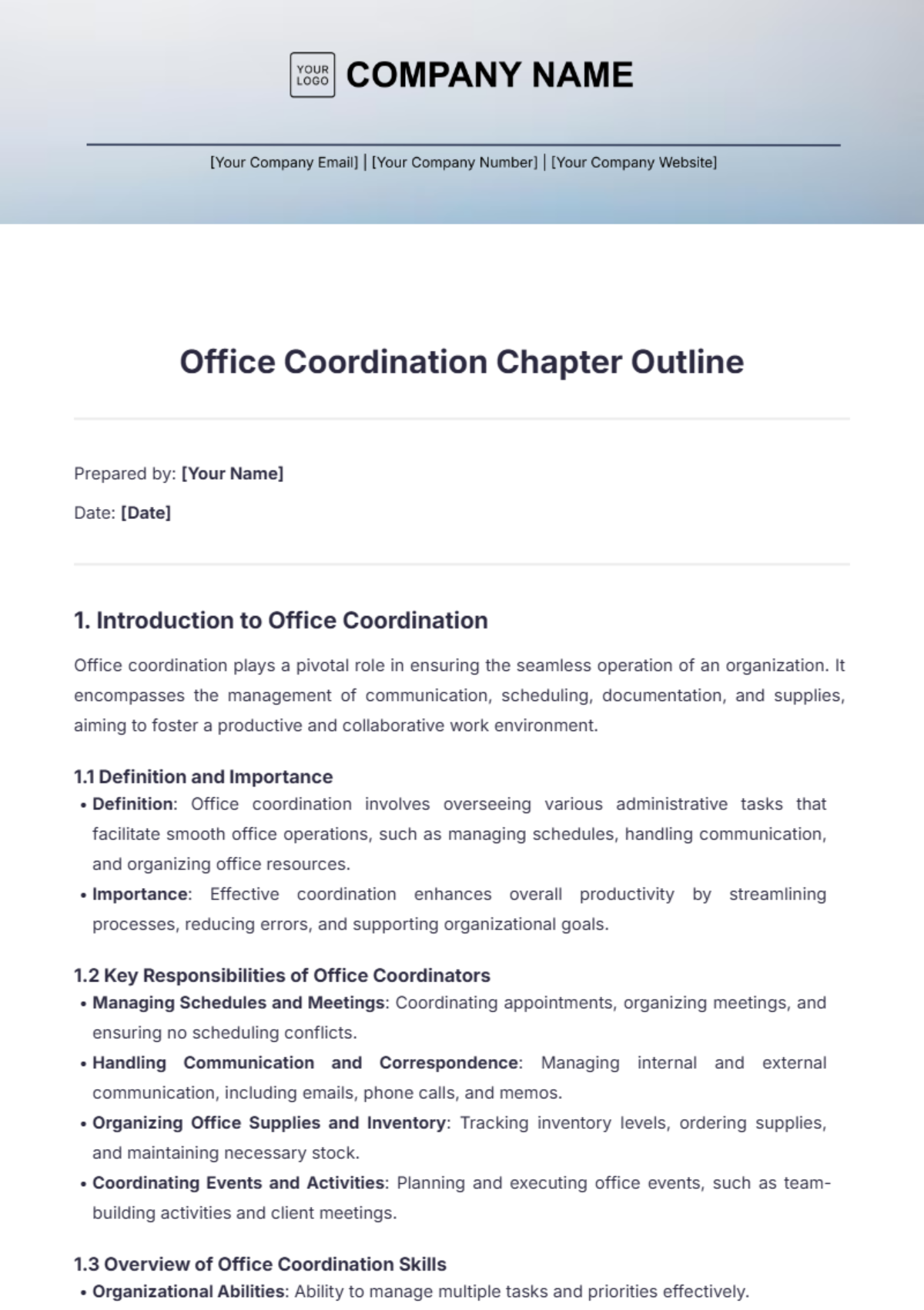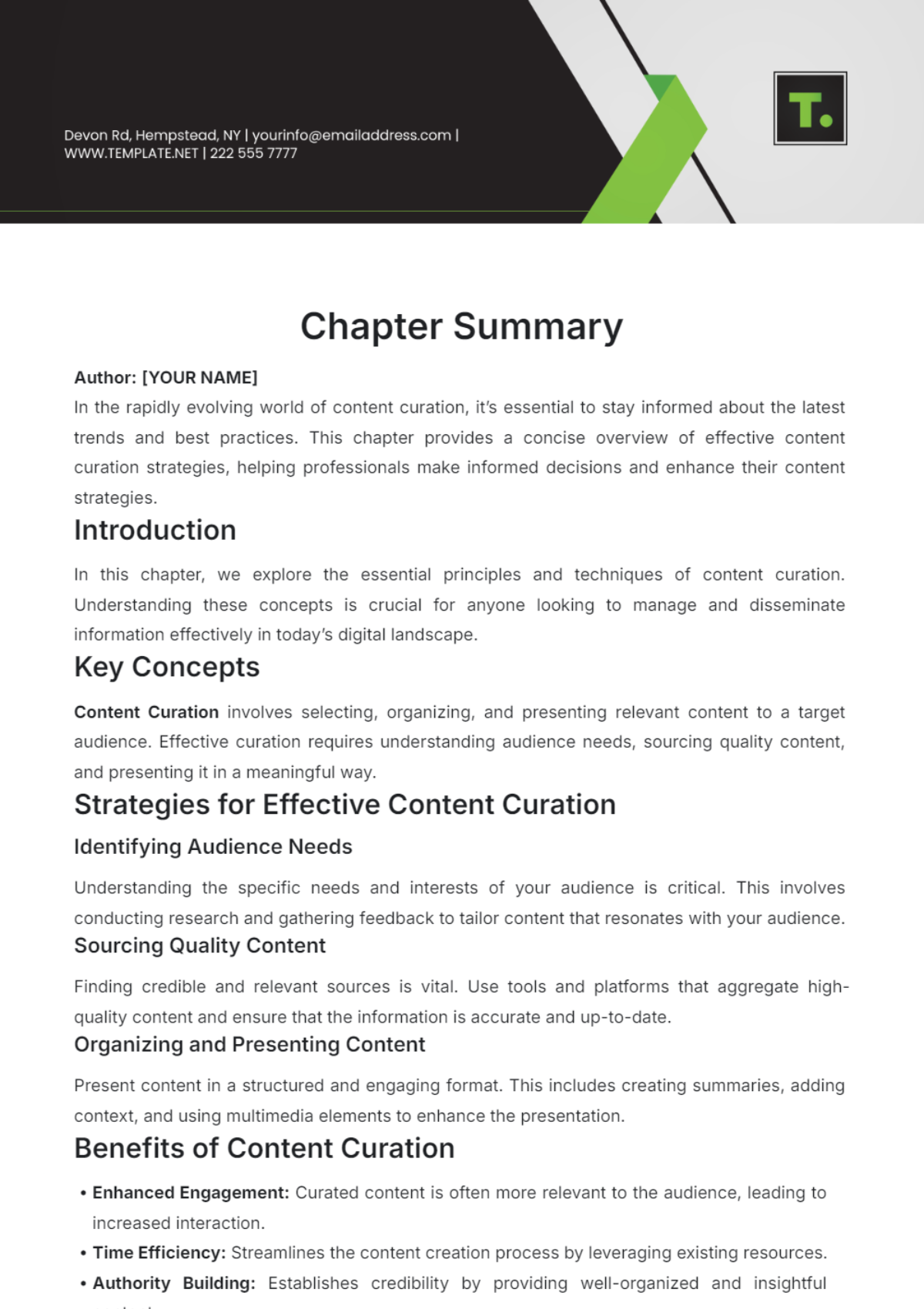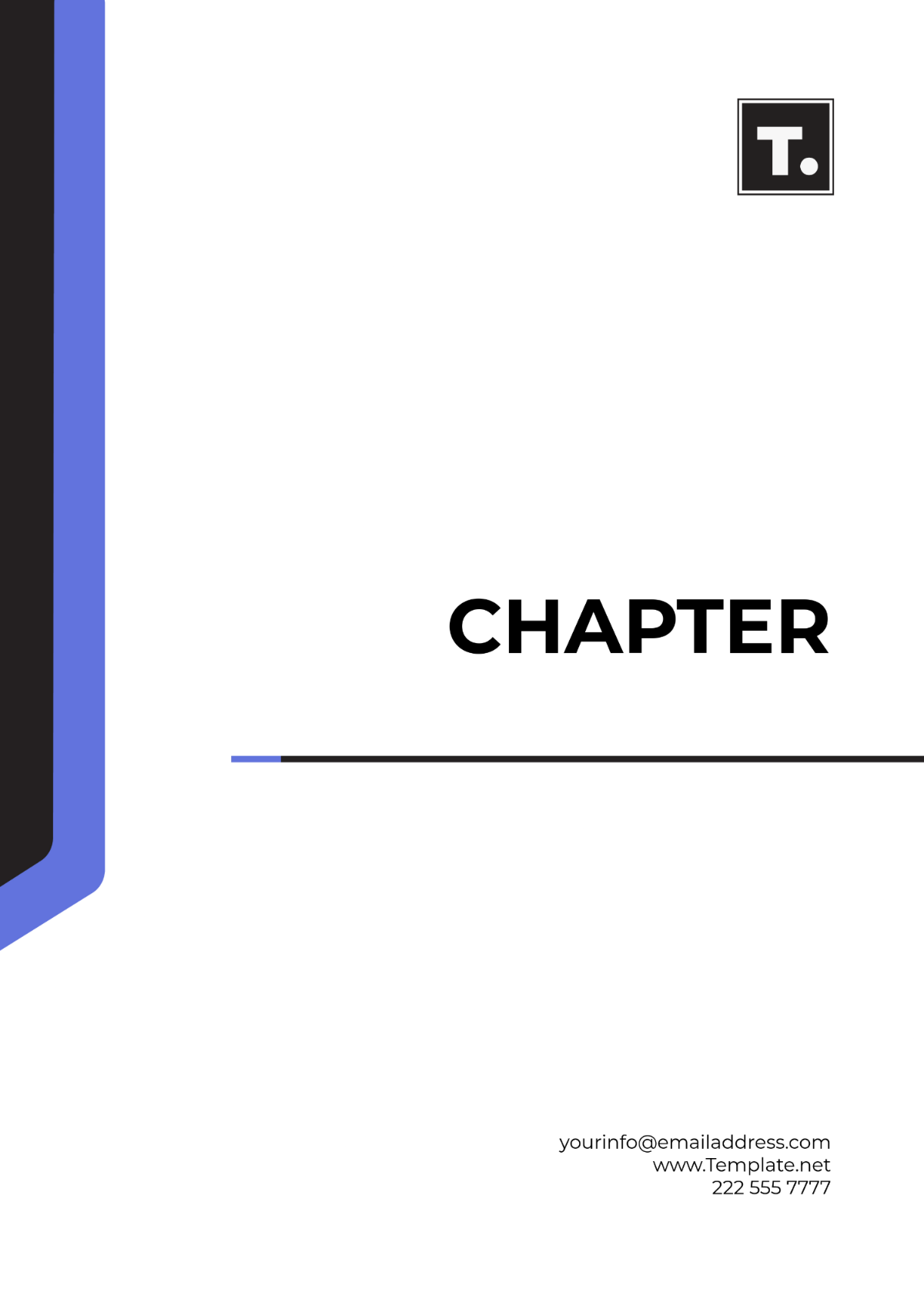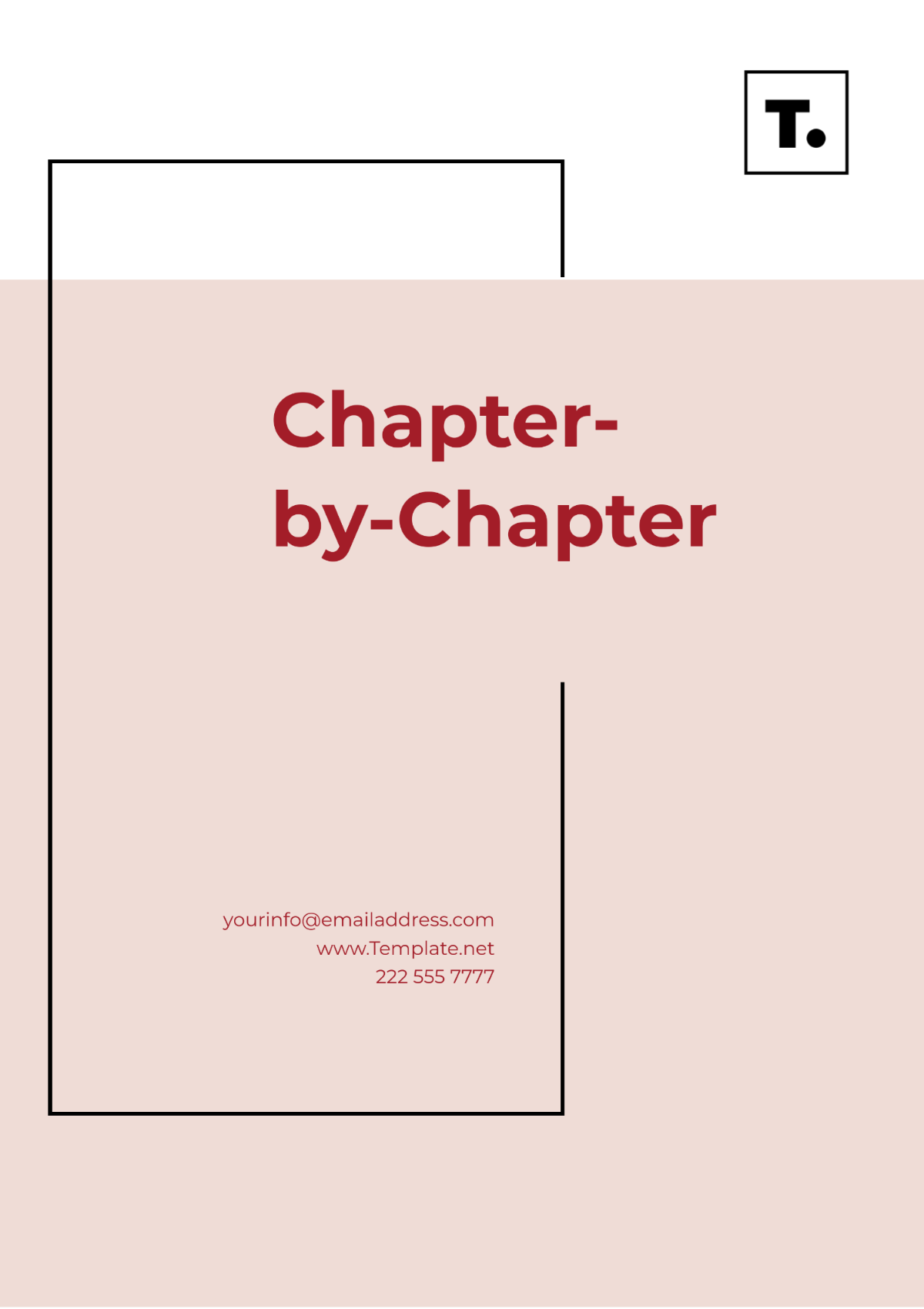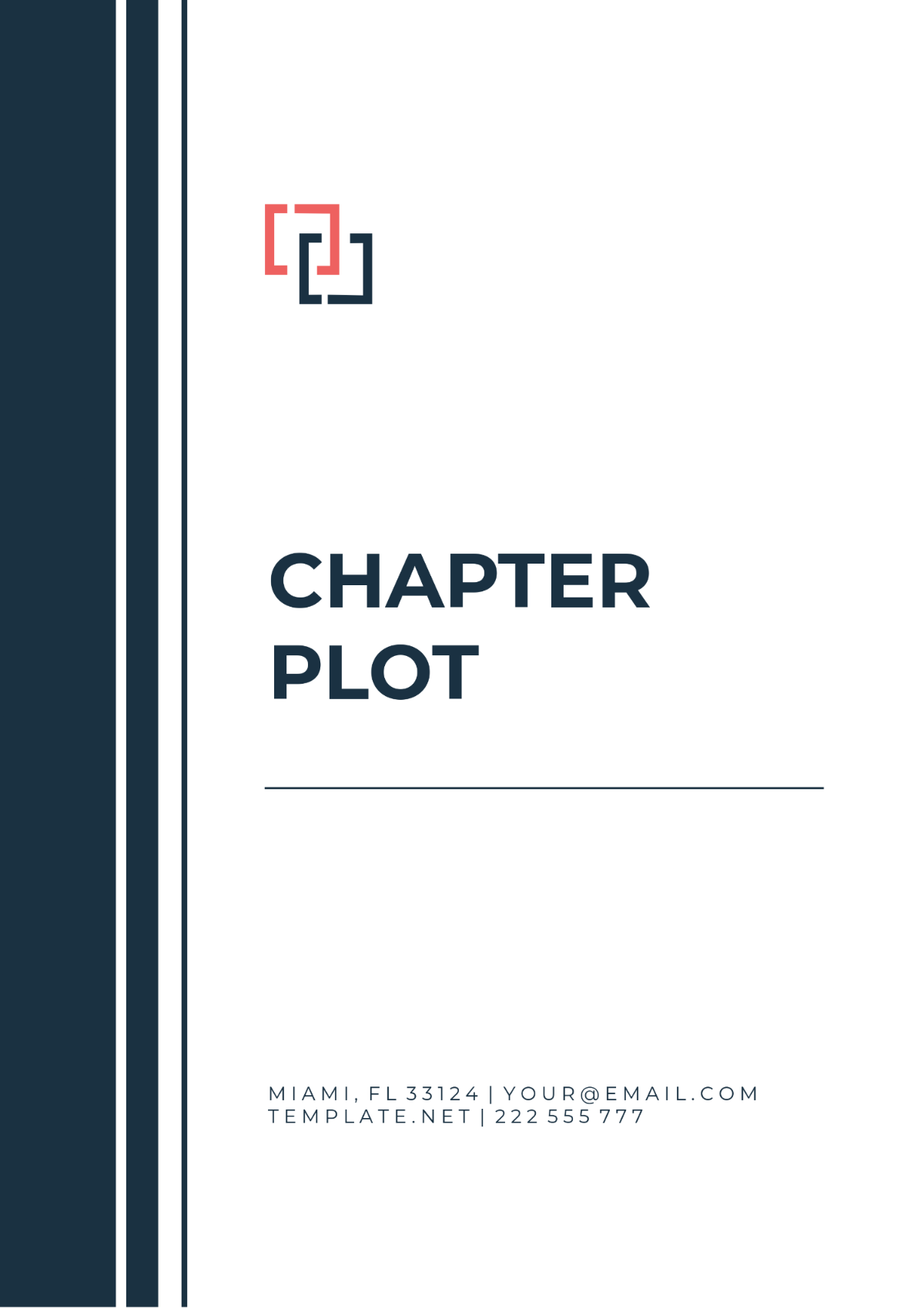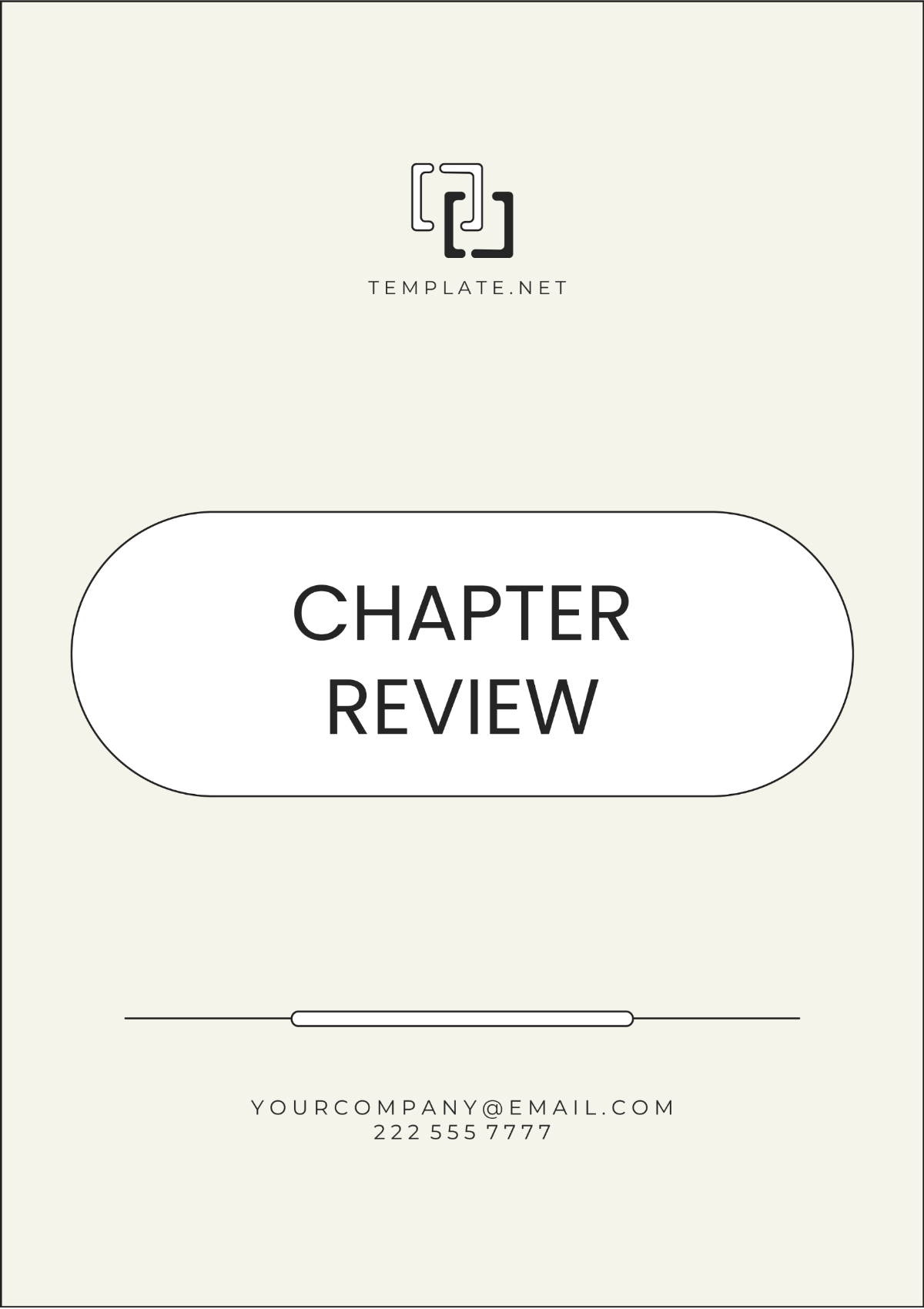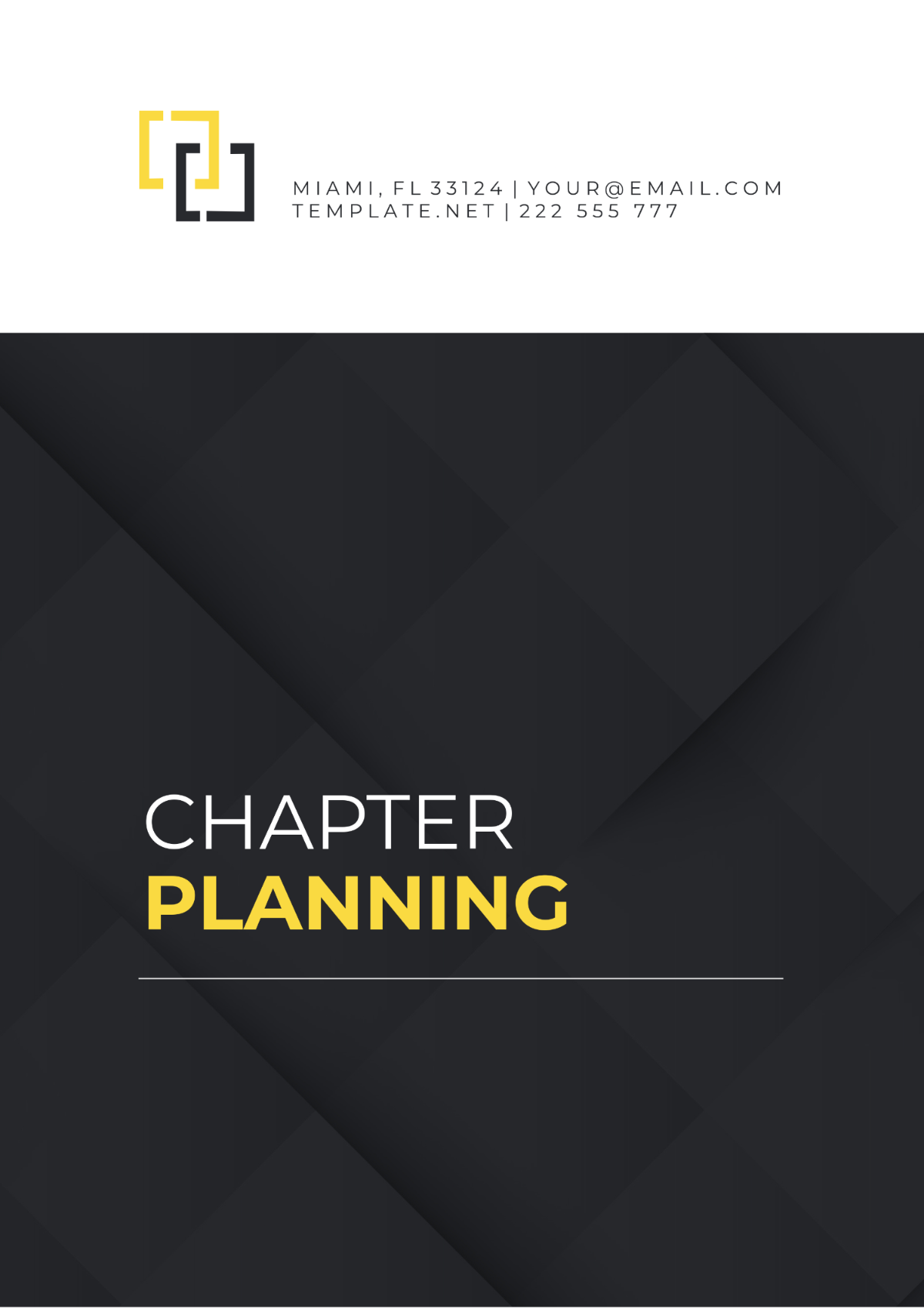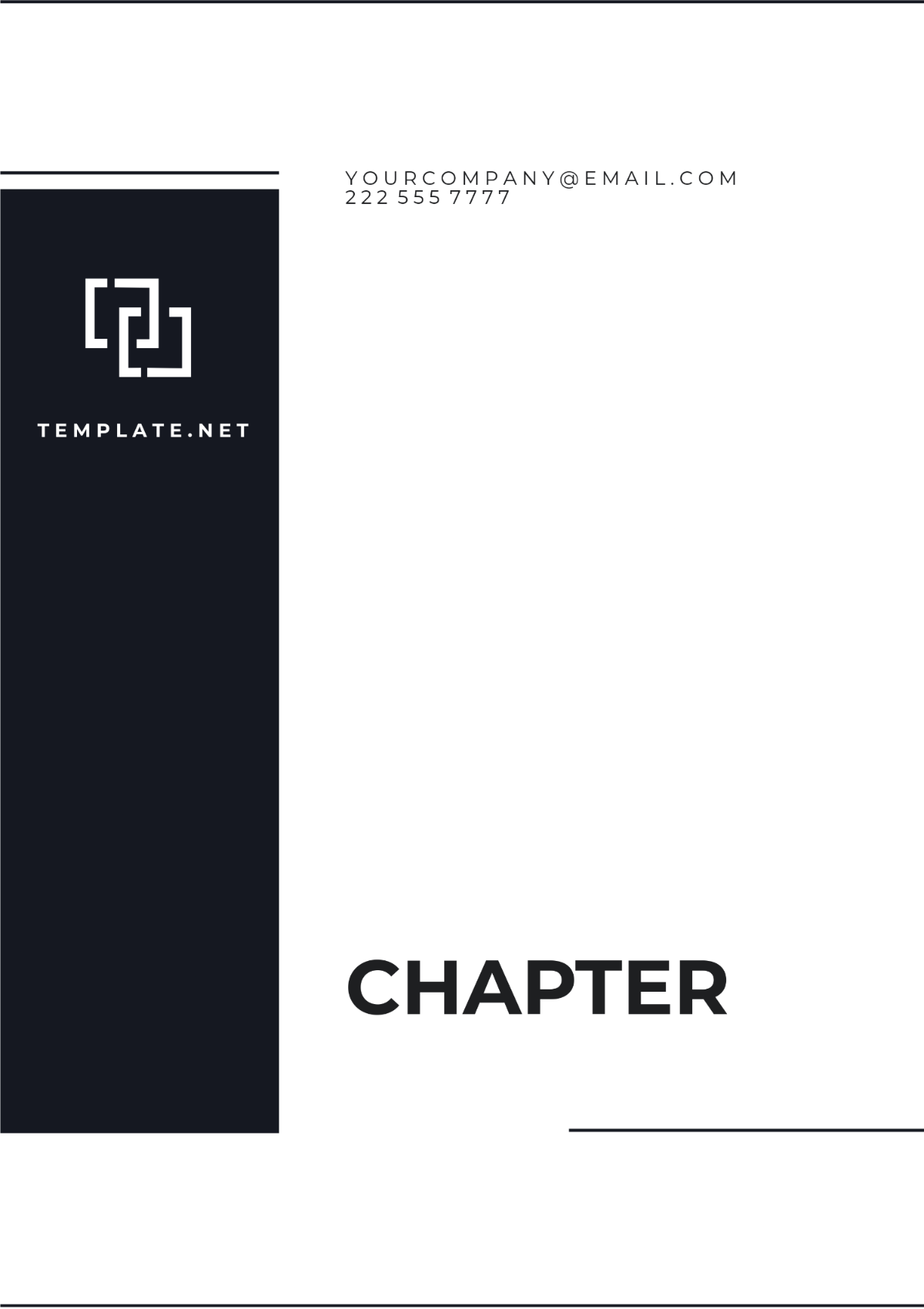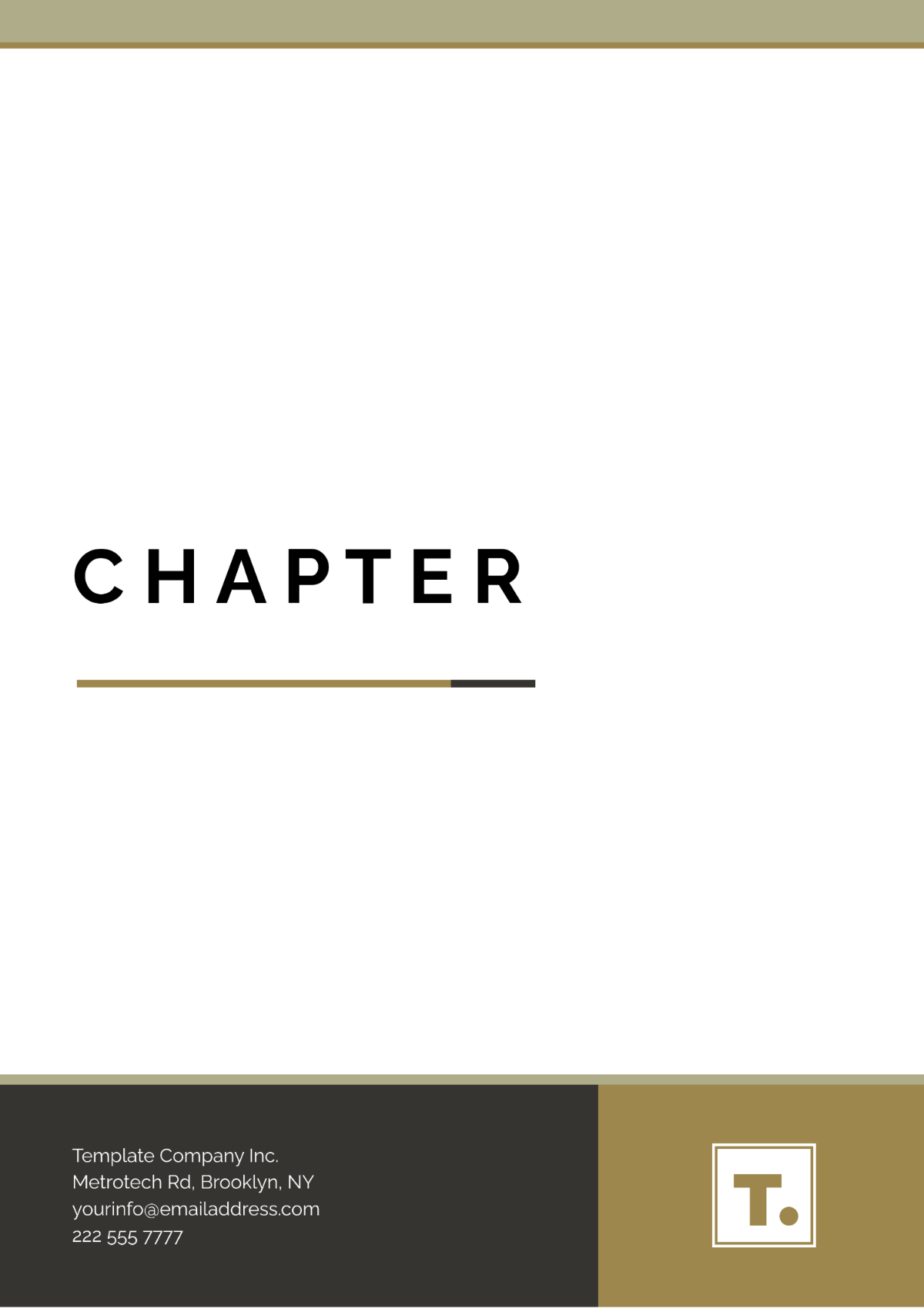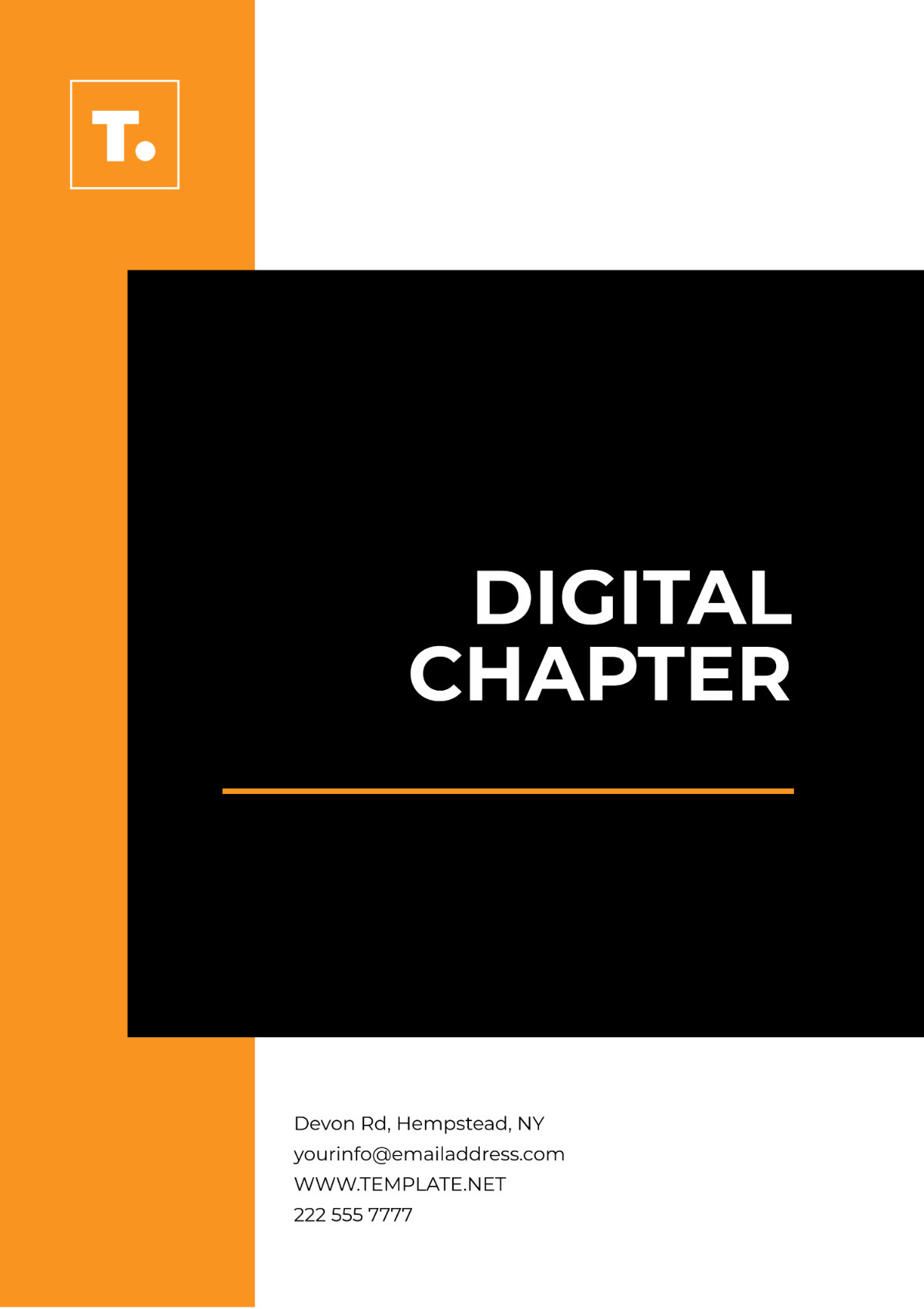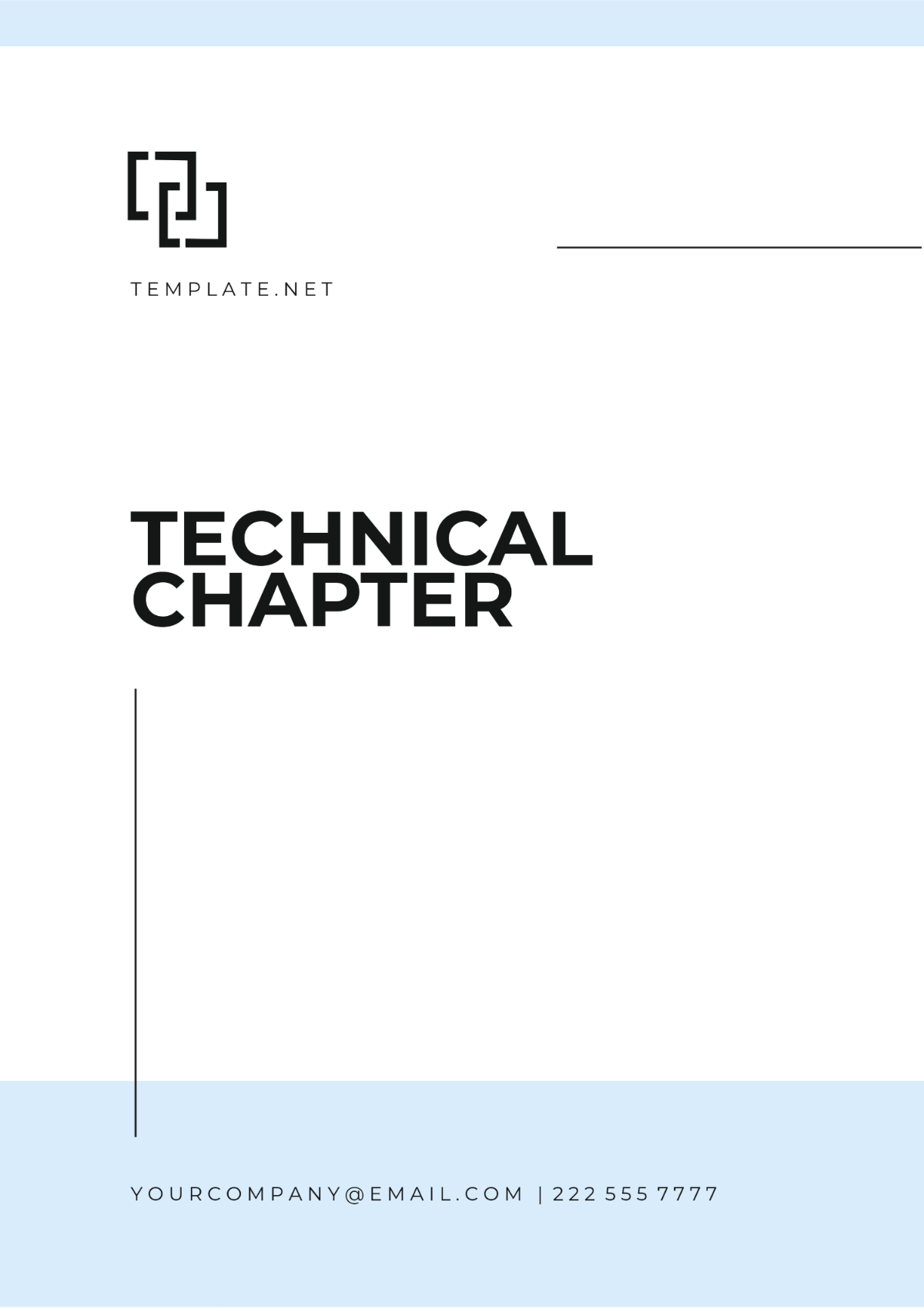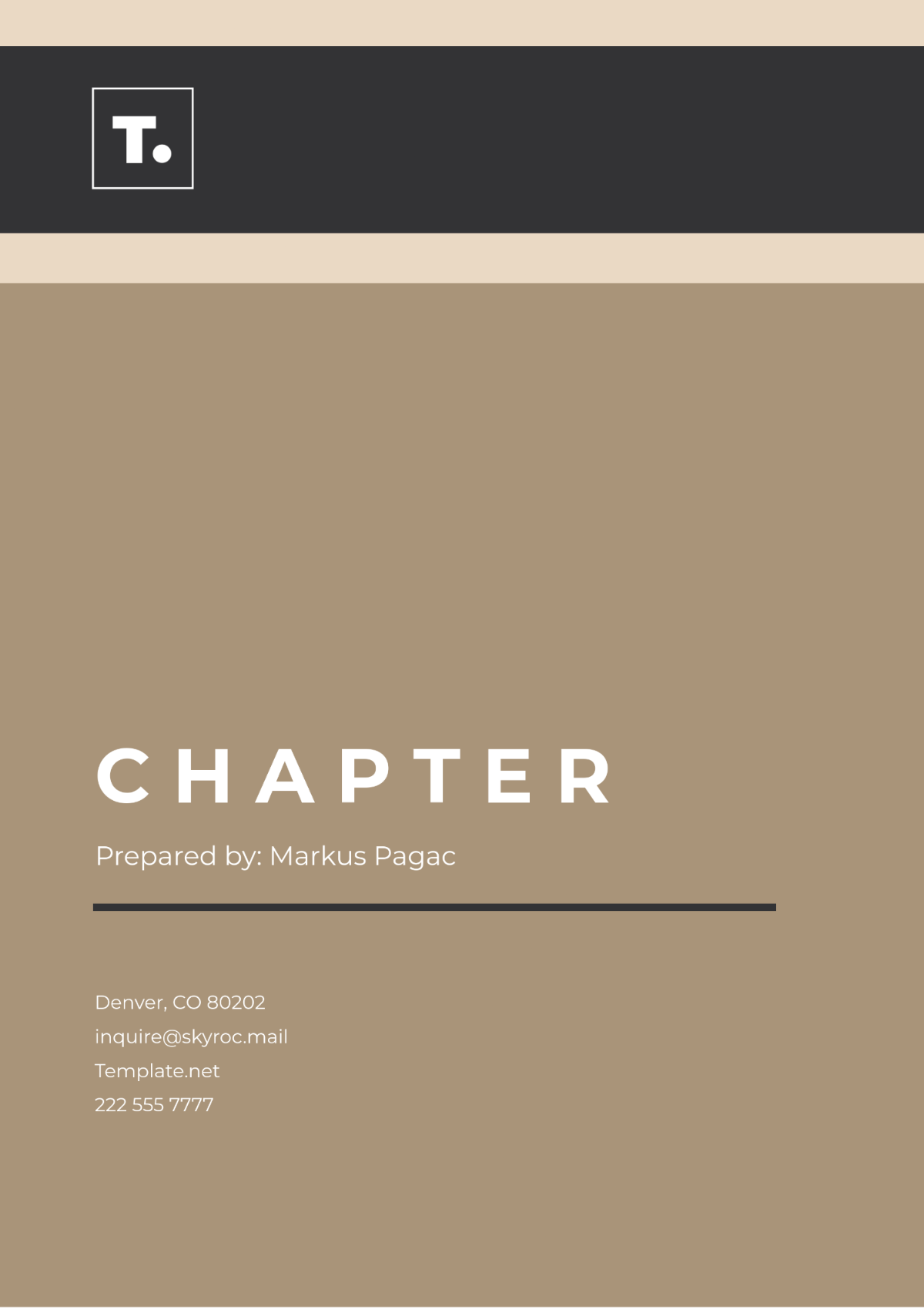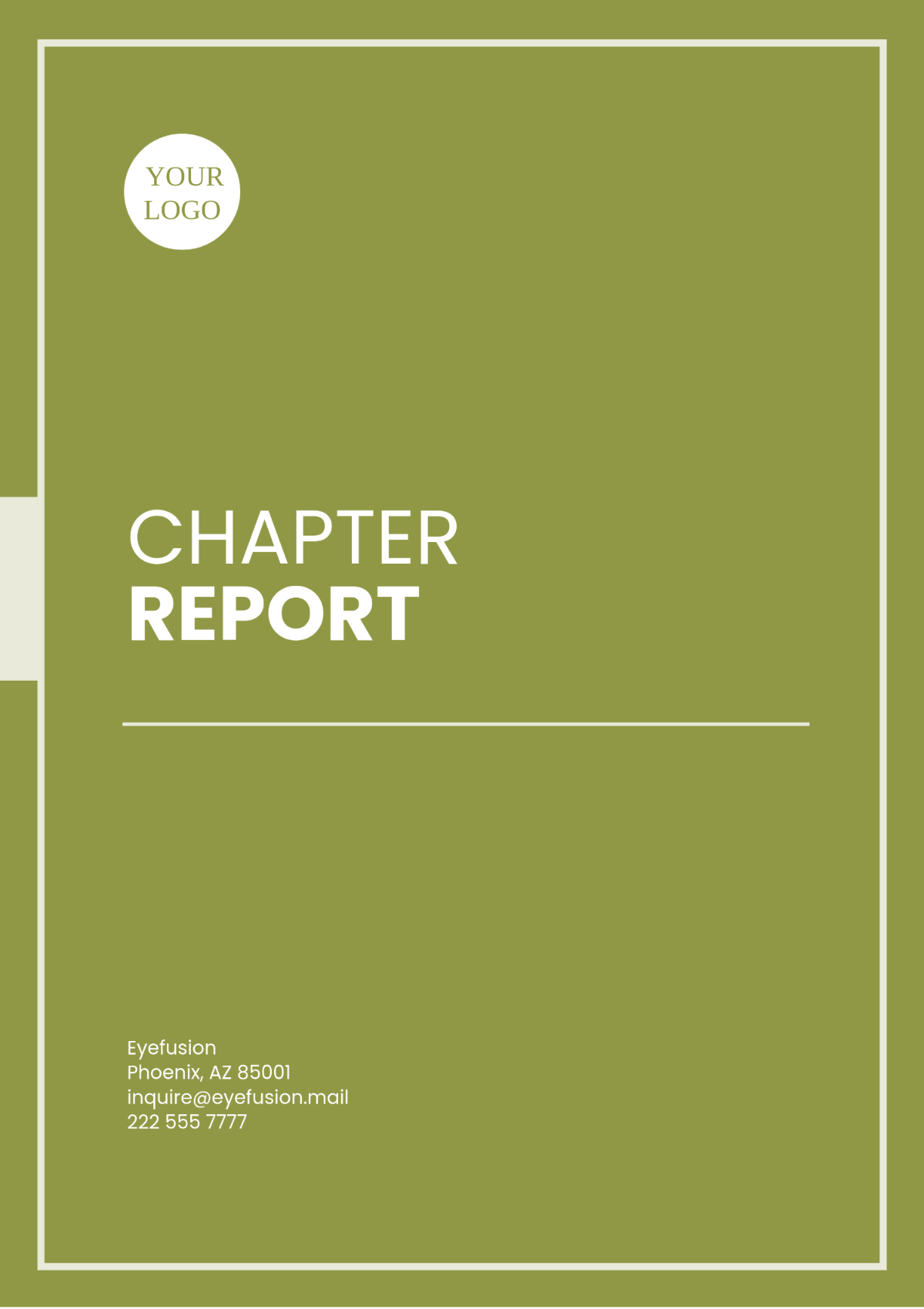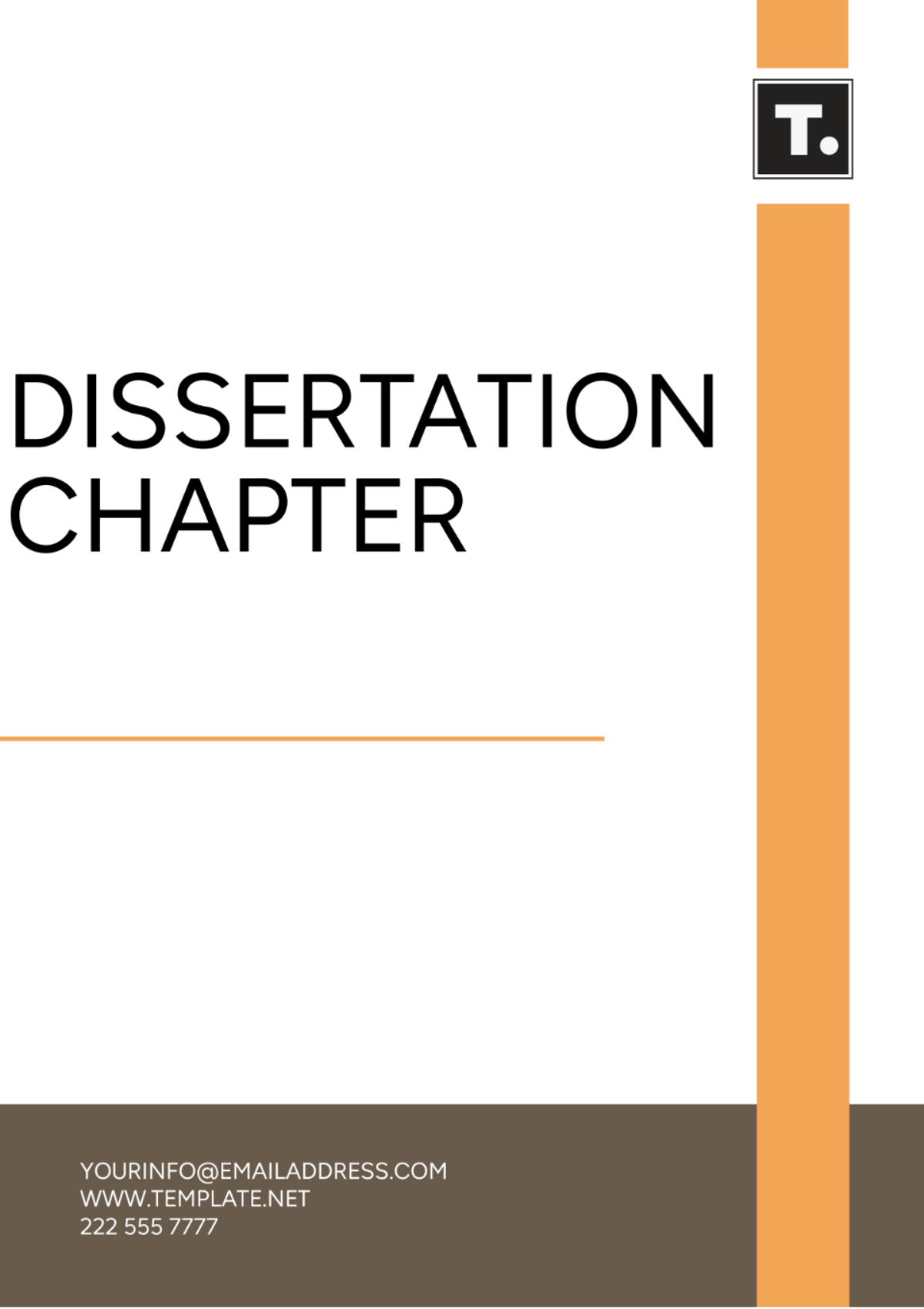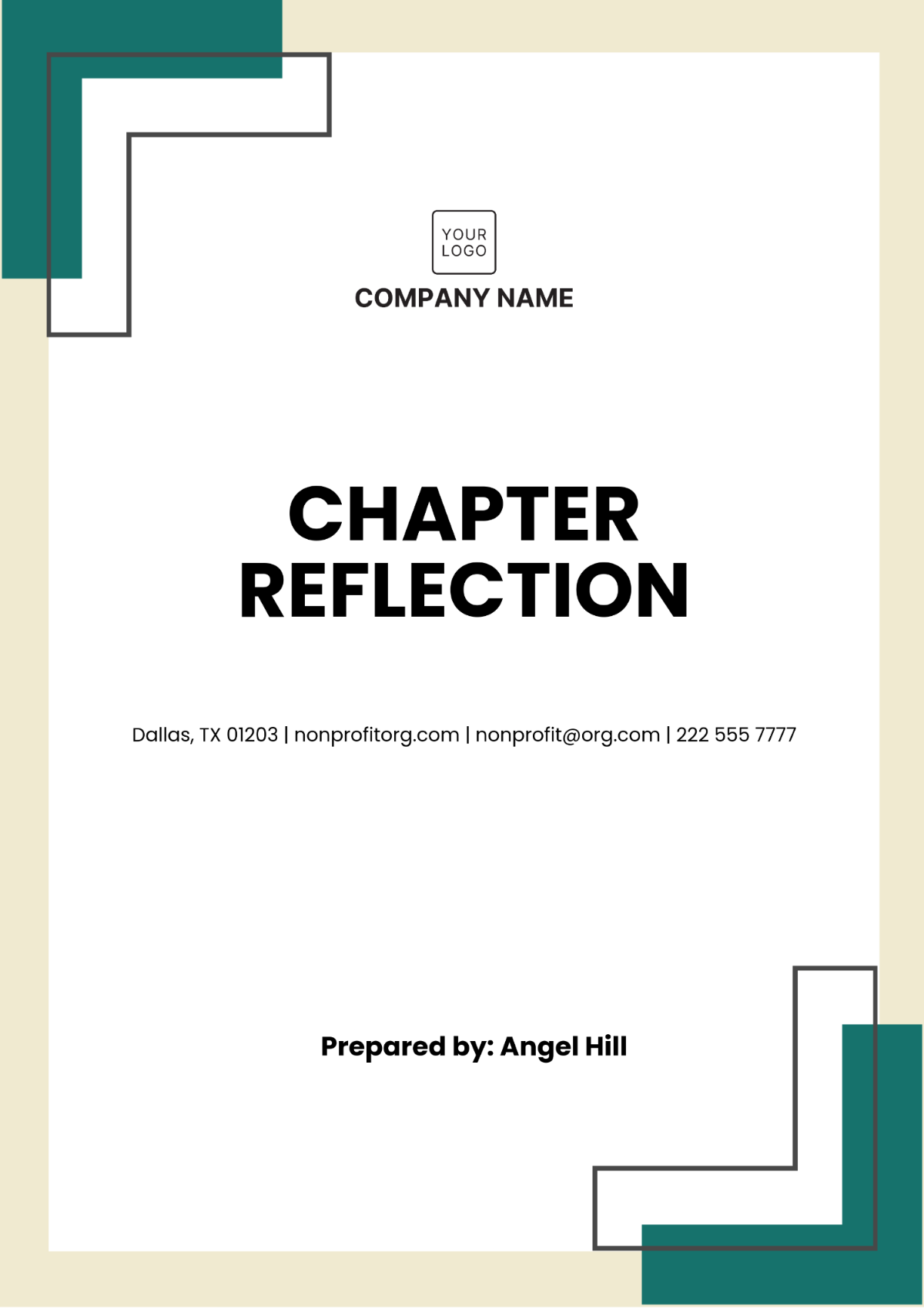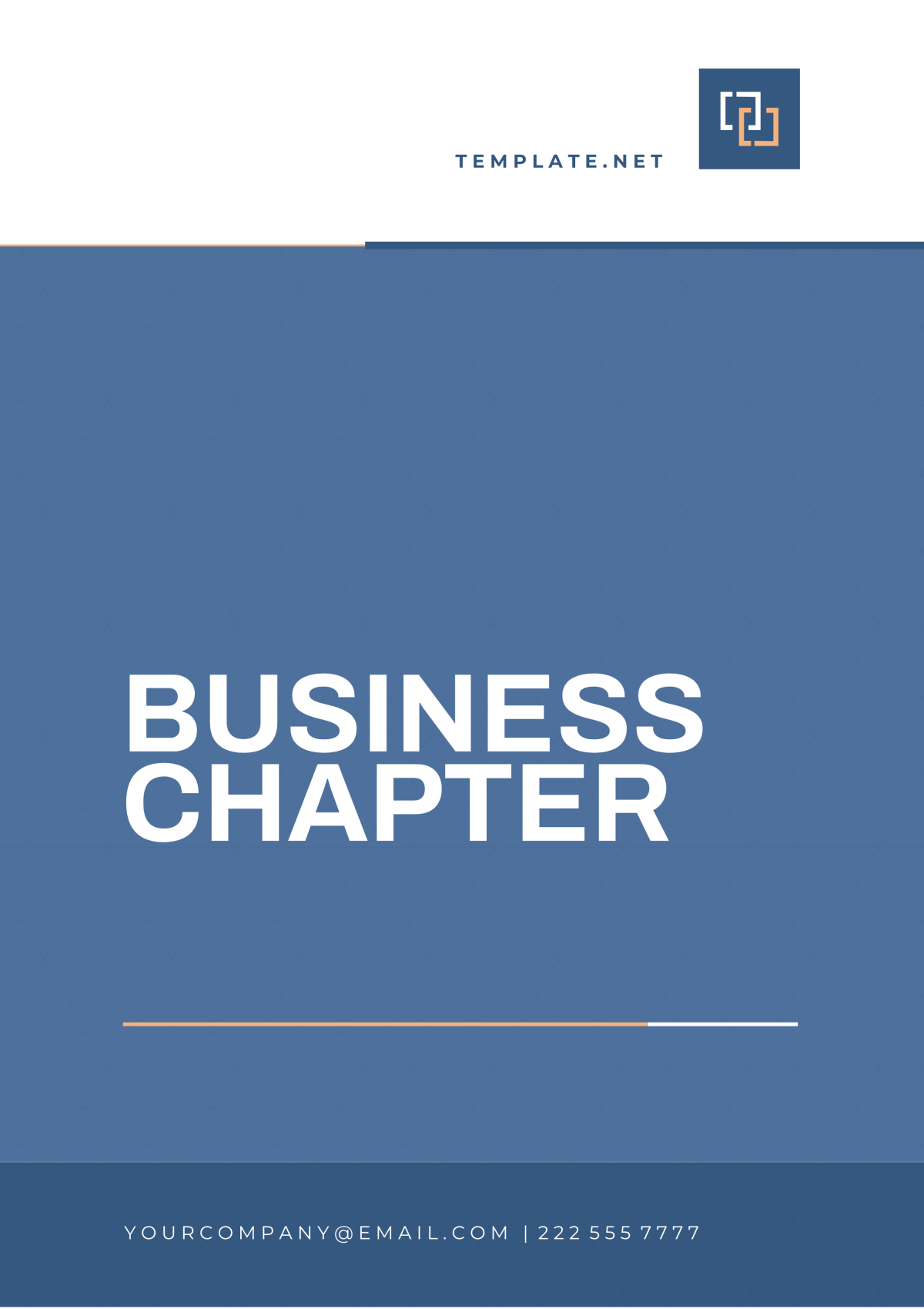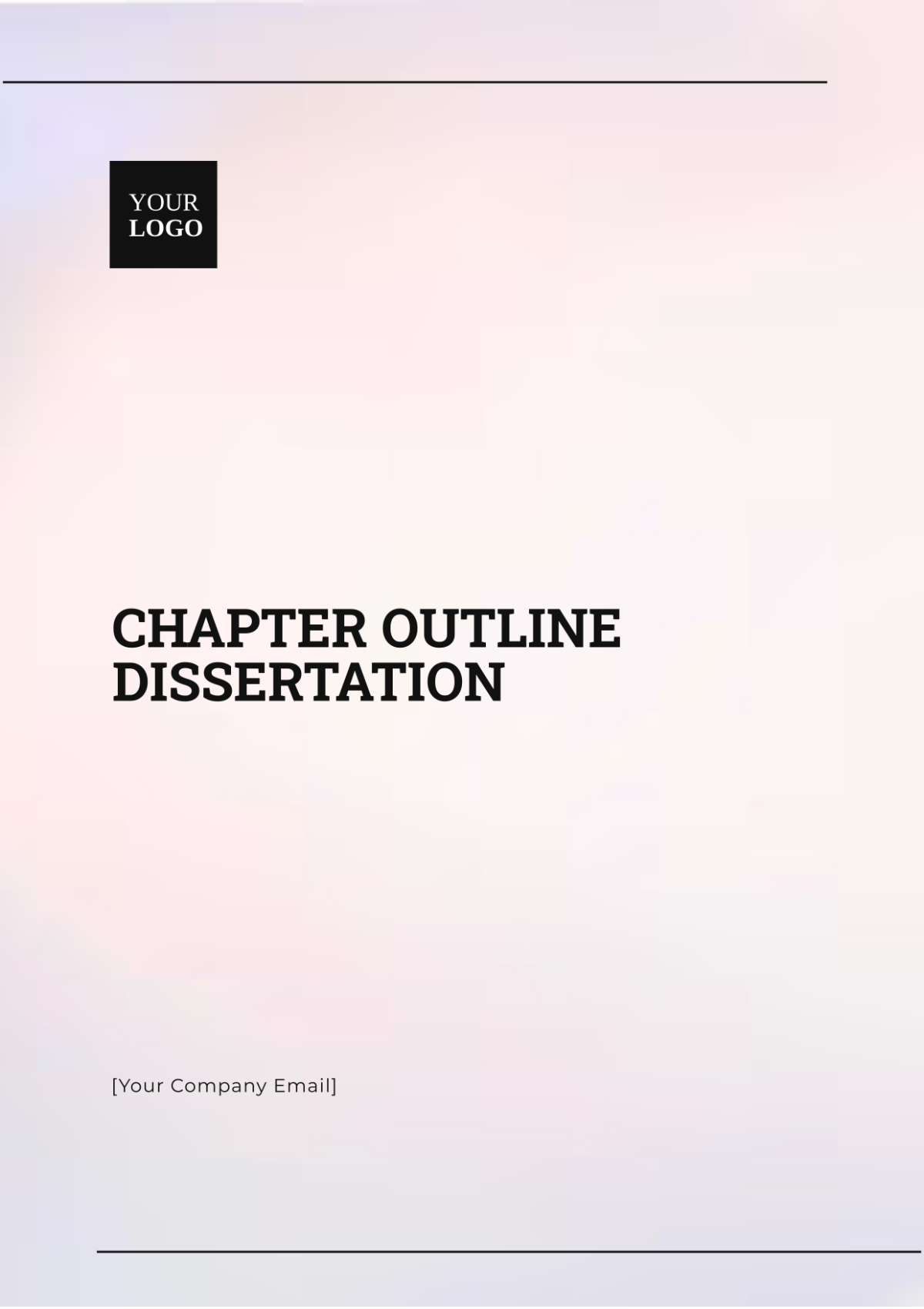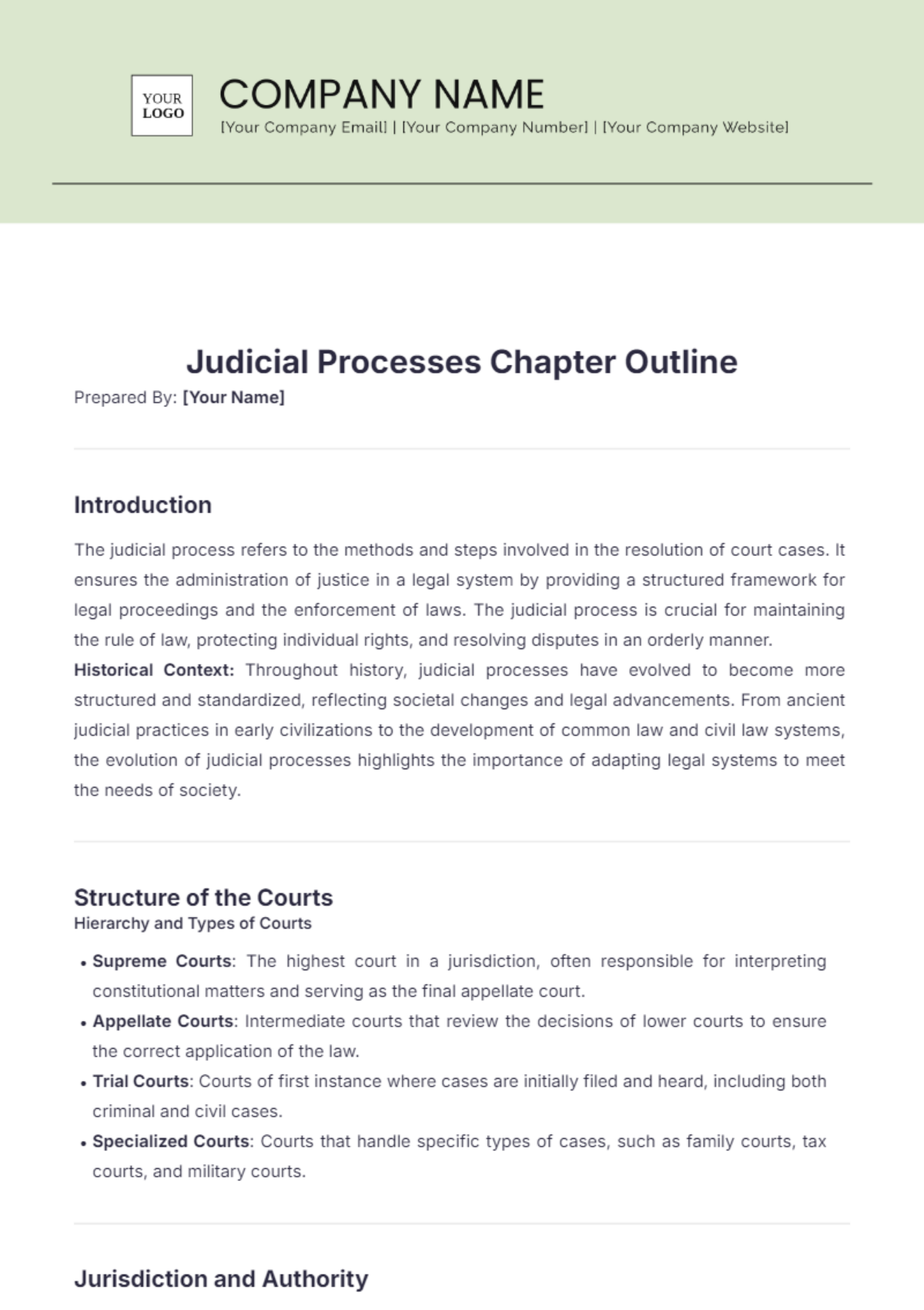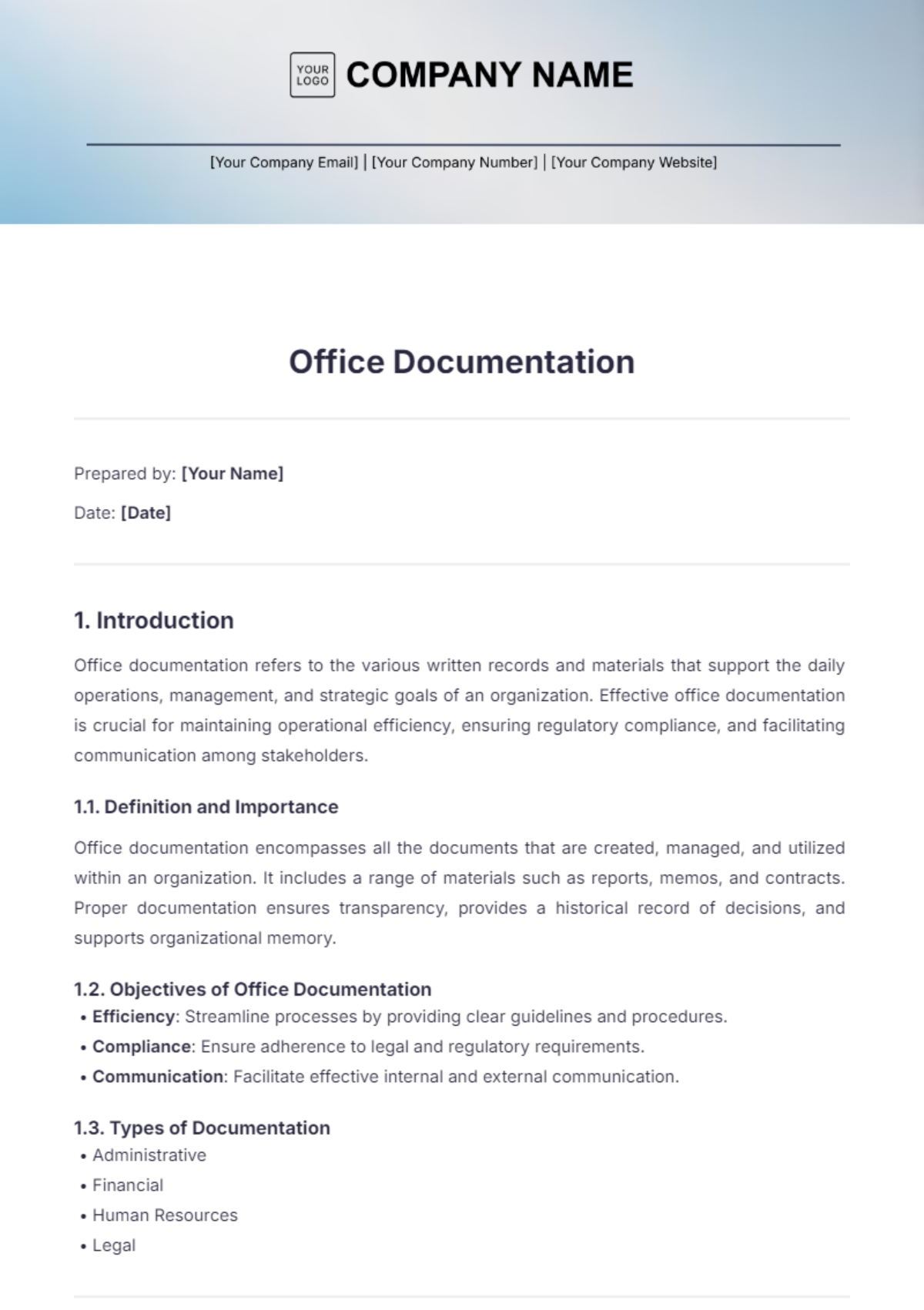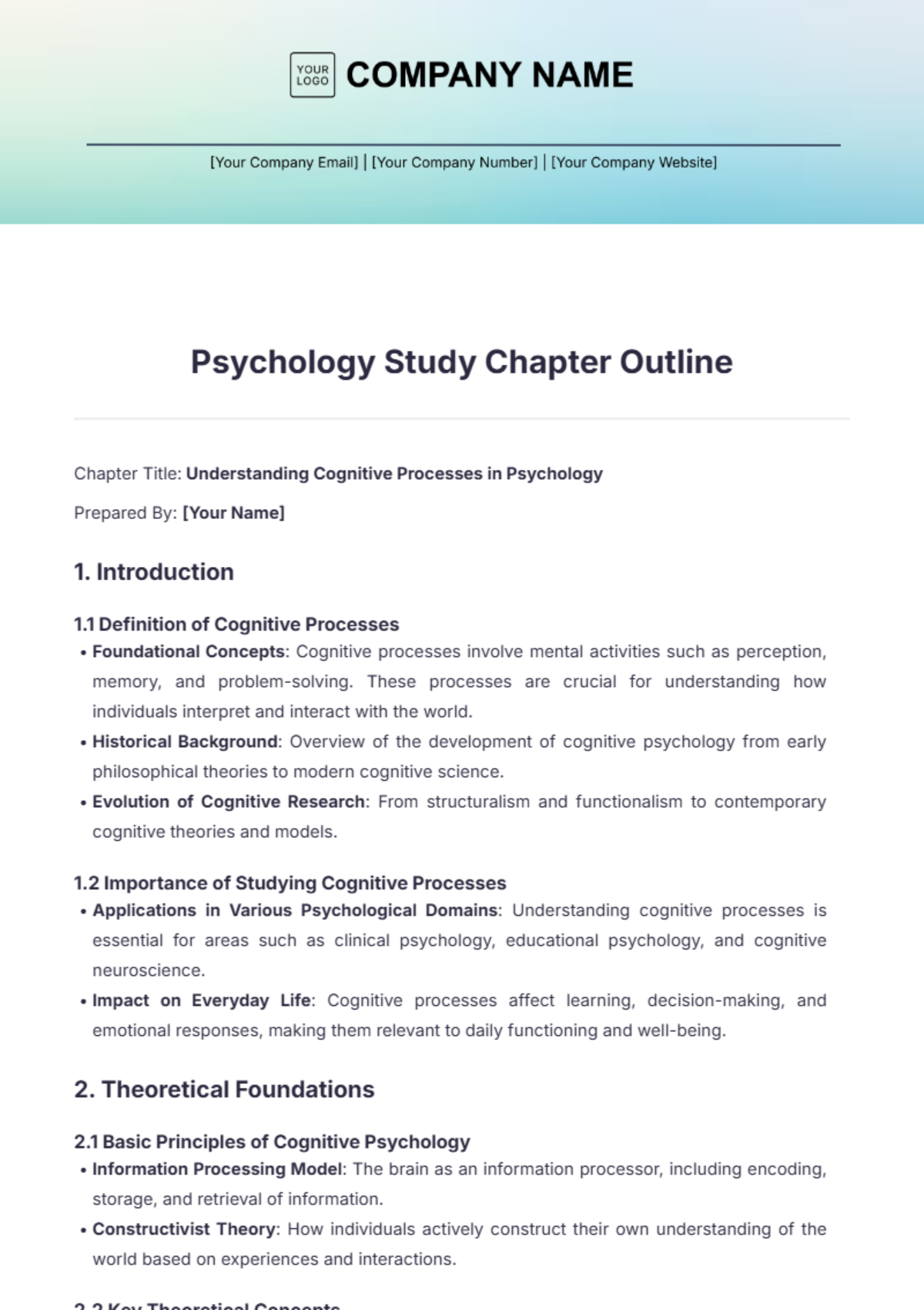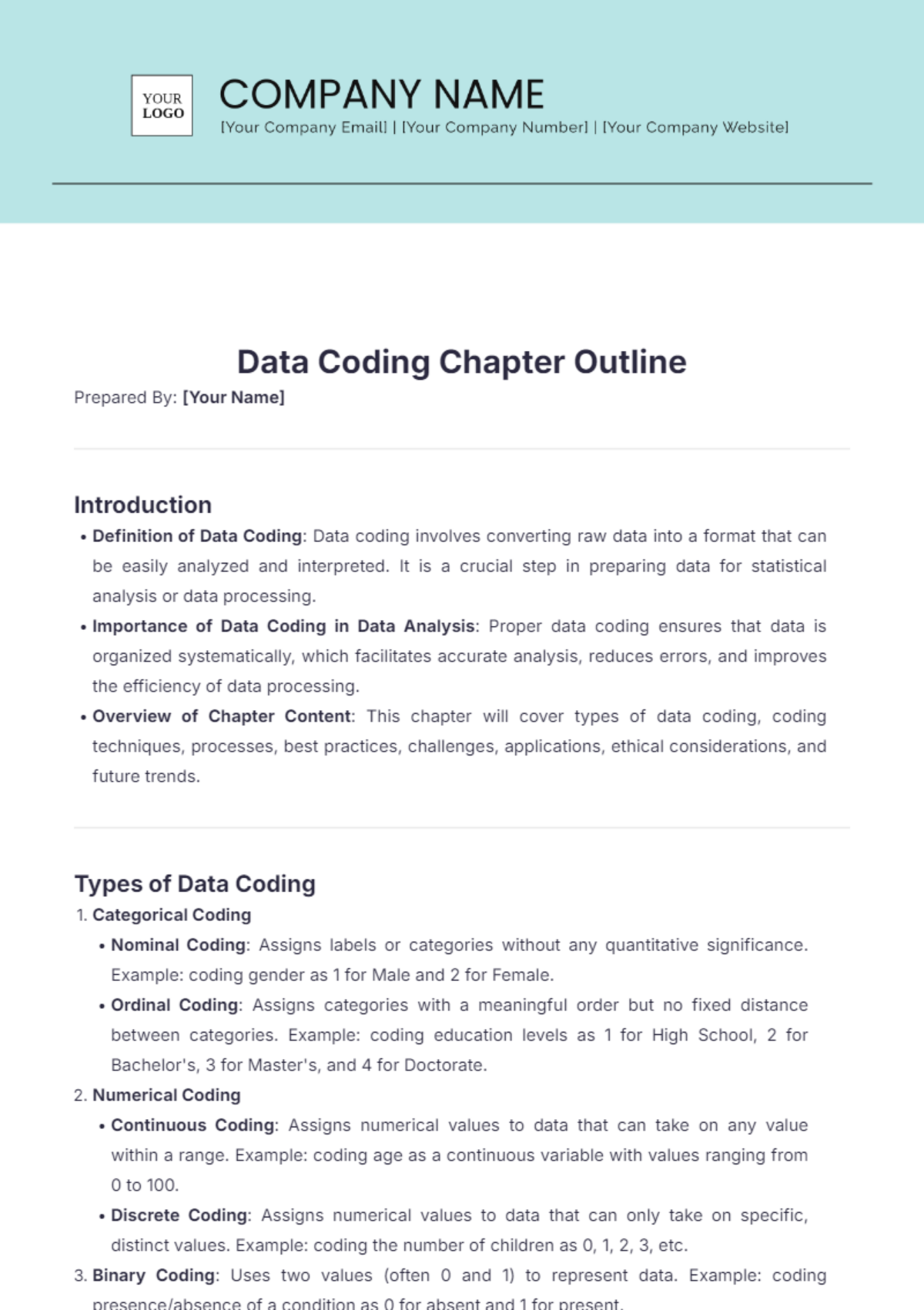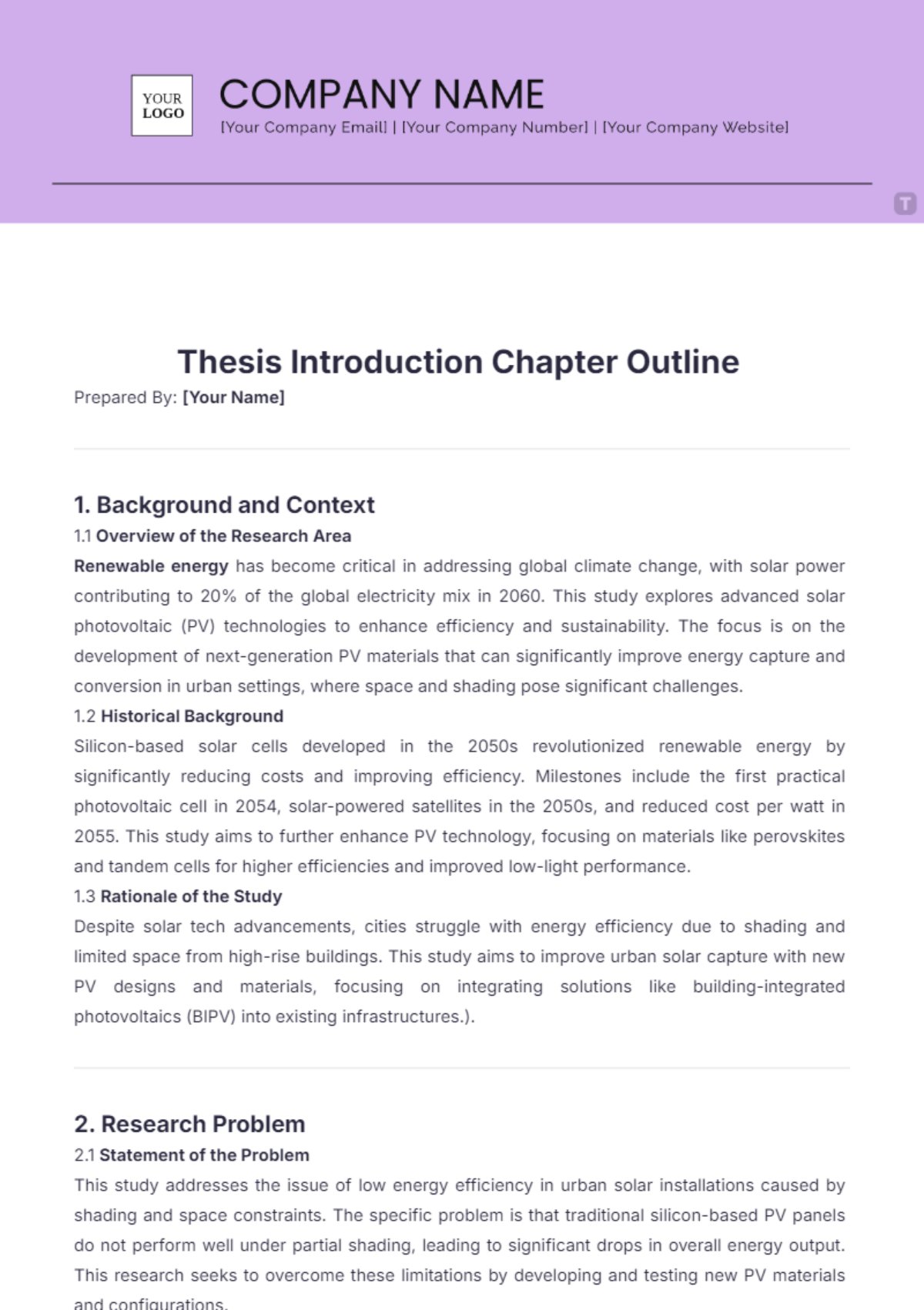Prototyping Chapter Outline
Prepared by: [Your Name]
Date: [Date]
1. Introduction
Definition of Prototyping: Prototyping involves creating preliminary versions of a product to explore design concepts and test functionality before full-scale production.
Importance in Development: Helps in visualizing ideas, validating concepts, and identifying potential issues early in the process.
Overview of Prototyping Phases: Introduces the main stages including design, development, testing, and refinement.
2. Types of Prototypes
2.1. Low-Fidelity Prototypes
Paper Prototypes: Simple sketches or drawings used to convey basic design concepts and user interactions. Ideal for quick iterations and early feedback.
Wireframes: Basic layouts that outline the structure of a user interface without detailed design elements. Used to define content placement and navigation.
Sketches: Rough drawings to quickly visualize ideas. Useful for brainstorming and early-stage design discussions.
2.2. High-Fidelity Prototypes
Interactive Digital Prototypes: Detailed digital models that simulate user interactions with high accuracy. Created using tools like Adobe XD or Figma.
Functional Prototypes: Working models of the product that demonstrate key functionalities and behaviors. Often used for technical validation.
Simulation Models: Advanced prototypes that simulate real-world conditions and interactions, often used in complex systems or engineering projects.
3. Prototyping Methodologies
3.1. Iterative Prototyping
Definition and Process: A cyclical process where prototypes are developed, tested, and refined through multiple iterations. Each iteration incorporates feedback and improvements.
Advantages: Flexibility to adapt to changes, continuous user feedback, early problem identification.
Disadvantages: Can be time-consuming and resource-intensive if not managed properly.
3.2. Evolutionary Prototyping
Definition and Process: Involves creating a prototype that evolves into the final product through continuous enhancements. Useful for projects with evolving requirements.
Advantages: Adaptability to changing requirements, incremental development, early user involvement.
Disadvantages: Potential for scope creep, may lead to incomplete final product if not properly defined.
3.3. Throwaway/Rapid Prototyping
Definition and Process: Quickly building a prototype to explore design concepts, which is discarded after evaluation. Focuses on speed and flexibility.
Advantages: Fast development, cost-effective for initial testing, helps in understanding user needs.
Disadvantages: Prototype may not fully represent the final product, limited functionality.
4. Prototyping Techniques
4.1. Mockups
Purpose and Use: Visual representations of the product’s design, used for stakeholder reviews and design validation.
Tools and Software: Adobe XD, Sketch, Figma.
4.2. Storyboards
Purpose and Use: Sequential illustrations that depict user interactions and scenarios, used to visualize user journeys and context.
Steps to Create: Define the user scenario, sketch scenes, and describe interactions.
4.3. Wireframes
Purpose and Use: Layouts that outline the basic structure and elements of a user interface, used for planning and initial design phases.
Tools and Software: Balsamiq, Axure RP, Figma.
5. Prototyping Process
5.1. Requirements Gathering
Identifying User Needs: Engage with stakeholders and users to understand their requirements and pain points.
Setting Objectives: Define clear goals for the prototype, including what aspects of the design or functionality will be tested.
5.2. Design and Development
Creating Initial Design: Develop the initial prototype based on gathered requirements and objectives.
Building the Prototype: Use appropriate tools and techniques to create the prototype, ensuring it meets the defined goals.
5.3. Testing and Feedback
Conducting Usability Testing: Test the prototype with real users to gather feedback on its usability, functionality, and design.
Collecting and Analyzing Feedback: Gather feedback through interviews, surveys, and observations, and analyze the results to identify areas for improvement.
5.4. Refinement
Iterating on the Prototype: Make necessary adjustments and improvements based on user feedback and testing results.
Implementing Changes Based on Feedback: Incorporate changes into the prototype to address identified issues and enhance its effectiveness.
6. Tools and Technologies for Prototyping
6.1. Design Tools
Adobe XD: A powerful design and prototyping tool for creating interactive user experiences.
Sketch: A vector-based design tool known for its ease of use in creating high-fidelity prototypes.
Figma: A collaborative design tool that allows real-time teamwork and prototyping.
6.2. Prototyping Platforms
InVision: A platform for creating interactive prototypes and gathering feedback from stakeholders.
Marvel: A prototyping tool that offers design, prototyping, and collaboration features.
Axure RP: A tool for creating detailed wireframes and interactive prototypes with advanced functionality.
7. Best Practices
Maintain User-Centric Focus: Always prioritize the needs and experiences of users throughout the prototyping process.
Keep Prototypes Simple: Avoid overcomplicating prototypes; focus on core functionalities and design elements.
Iterate Quickly: Develop and test prototypes rapidly to gather feedback and make improvements efficiently.
Involve Stakeholders Early: Engage stakeholders and users early in the process to ensure alignment and gather valuable input.
8. Common Challenges and Solutions
8.1. Misalignment with Requirements
Causes: Incomplete or unclear requirements, lack of stakeholder involvement.
Solutions: Ensure thorough requirements gathering, involve stakeholders in the design process, and maintain clear communication.
8.2. User Feedback Integration
Challenges: Difficulty in prioritizing feedback, managing conflicting opinions.
Strategies for Effective Integration: Categorize feedback, prioritize based on impact, and communicate changes to users.
8.3. Managing Scope Creep
Causes: Expanding requirements, additional features.
Techniques to Avoid Scope Creep: Define clear project scope, set boundaries for prototype iterations, and manage stakeholder expectations.
9. Case Studies
9.1. Case Study 1: Successful Prototyping in a Tech Startup
Overview: In 2051, a tech startup used iterative prototyping to develop a new app for remote team collaboration.
Approach and Methodology: Developed multiple iterations of the prototype, incorporating user feedback at each stage.
Outcomes: Achieved high user satisfaction and quickly adapted to market needs, leading to a successful product launch.
9.2. Case Study 2: Prototyping in Healthcare Product Development
Overview: In 2052, a healthcare company used high-fidelity prototypes to develop a wearable health monitoring device.
Approach and Methodology: Created functional prototypes to test device performance and user interaction in real-world conditions.
Outcomes: Improved design based on user feedback, resulting in a highly effective and user-friendly product.
10. Conclusion
Prototyping is an essential component of the development process, enabling teams to explore, validate, and refine ideas before full-scale production. By understanding the various types, methodologies, and techniques of prototyping, and applying best practices, teams can effectively address user needs, manage challenges, and deliver successful products. As technology evolves, prototyping will continue to play a crucial role in shaping innovative solutions and ensuring product success in the future.



